Dubrovnik is Croatia’s most popular tourist destination, and one of the most visited cities in Europe. It is not surprising. Tucked against a hillside overlooking the Adriatic, its medieval centre and surrounding city wall are remarkable. Ironically, its beauty, hence popularity, hence crowds of visitors, makes photographing Dubrovnik’s old city a challenge. Undaunted, I headed there, camera in hand.
Recently, I described the first stage of a visit to Croatia — exploring, and photographing the country’s second-largest city: Split. After four, fantastic, photography-filled days, we headed south, along the Adriatic coast. Our next destination, a much smaller city, but even more sought-after by tourists: Dubrovnik.
The city dates back to the seventh century and, through maritime trade, has long been a prosperous regional centre. As with many cities in this part of the world, it has seen a succession of colonising empires come and go. These include Byzantine, Venetian, Italian, French, and Austro-Hungarian.
More recently, in 1991, Dubrovnik suffered considerable damage from shelling by the Yugoslav People’s Army, during the Croatian War of Independence. After undergoing extensive restoration in the years after the war, it has since become one of the Mediterranean’s top tourist destinations.
In recognition of its medieval architecture and fortifications, the old city of Dubrovnik is now a UNESCO World Heritage Site.
Photographing Dubrovnik’s old city
In my earlier article, I described my camera gear, and my aspiration of capturing images that transcended traditional tourist shots. You can be the judge of whether I succeeded or not. Nevertheless, I brought the same kit, and the same aspiration to Dubrovnik.
I used a Leica SL2 equipped with a Panasonic Lumix 20-60mm f/3.5-5.6 zoom to take most of the pictures. Previous experience has demonstrated this to a versatile, easy to carry, high performance combination for travel photography. In addition, I brought a Leica Q2 and a Leica M240 plus Zeiss 25mm f/2.8 Biogon, for occasional use. I suppose you could call me a wide-anglophile…
I expected to face the same challenge I had encountered in Split: doing justice to an architecturally spectacular location, packed with tourists. In fact, I suspected Dubrovnik’s popularity would only amplify the challenge.
Over the course of five days in the region, I made numerous attempts at photographing Dubrovnik’s old city, interspersed with day excursions to other locations. Our hotel was a brisk fifteen-minute walk downhill to the old city, so paying multiple visits was a doddle. Once we had got to grips with the local bus service, the return journey, was even faster.
After a brief reconnoitre upon arrival, I determined to adopt the strategy that had proved successful in Split. This involved rising early, foregoing a tempting buffet breakfast, and hitting the road before the tourists did.
Early riser
So, just before seven o’clock, I strode confidently through the city gates, anticipating some great shots ahead. However, I immediately ran into an hilarious problem I had not foreseen. Although there were few tourists around, there were delivery vans as far as the eye could see!
In particular, a line of vehicles occupied Stradun, the limestone paved, pedestrian street running through the centre of the city. At this hour, workers were unloading all manner of provisions for the city’s many cafés and restaurants. Taking pictures at this spot would have to wait.
So, I wandered up and down steep, narrow streets on the east-side of the city, enjoying the early morning light.
I had previously confirmed that the gate I had used to enter the city was open twenty-four hours a day. It now became obvious why. Dubrovnik’s old city was not just a tourist attraction; people actually live there.
And I began bumping into them.
A yoga mat with a view
The first person I encountered was engaged in her morning yoga exercises. She invited me to join her at the top of a steep set of stairs, leading to a flat area directly below one of the city wall’s towers. Once there, I realised why she had chosen this spot.
Her perch afforded a spectacular view of the city below. The sun, now creeping above the hillside above us, bathed the terracotta-tiled roofs in a warm glow. Over the coming days I would enjoy more spectacular views of the city’s roofs, but this first taste was magical.
We chatted briefly about her background in Venezuela and her views of the previous and current regimes. Her dislike of these had led her to emigrate; what a place she had selected as her destination!
By the time I returned to Stadun, gingerly descending the steep narrow streets, the armada of vans had largely dissipated.
Flagstone reflections
I did not have the city entirely to myself. A few scattered tourists wandered around, as well as the occasional photographer — employing the same early-morning game-plan as me. Nevertheless, as far as I was concerned, the situation was perfect: blue sky, warm light, and gentle shadows.
As was the case in Split, when photographing Dubrovnik’s old city I was able to take advantage of the polished flagstones underfoot. Centuries of shuffling feet had brought the creamy white limestone to a marvellous shine.
Its mirror-like surface created reflections of nearby buildings, increasingly illuminated by the rising sun. Eventually, east-facing buildings were fully exposed to sunlight, further intensifying the reflections.
Earlier in the morning, when I had first reached the old city, the sun was hidden behind the hills above. I surmised that as it rose, it would begin hitting the city’s towers and tallest buildings. Taking advantage of my earlier reconnoitre, I was therefore able to dart around the largely empty streets to spots I guessed would be partially in sunlight and partially in shadow.
These included the Cathedral of the Assumption of the Blessed Virgin Mary, and the Church of Our Lady.
Dubrovnik’s places of worship (Image Credit: Keith James)
Subsequently, I photographed the interior of the cathedral, which, to the naked eye, seemed almost pitch black. But through the outstanding EVF of my Leica SL2, I could see it clearly. The maximum aperture of my zoom was only f/3.5, but at ISO 6400, aided by IBIS and AI-denoising in post, I got the shot.
I wrapped up this first, intense, photography session as the sun rose higher still and headed back to my hotel for breakfast.
Photographing Dubrovnik’s old city from its city walls
Dubrovnik’s status as a UNESCO World Heritage Site is based upon the historic significance of both its old city and its surrounding city walls. Those walls completely encircle the city. So, throughout history, when the city gates were closed, it was protected from potential invaders.
Today, it is possible to climb to the top, and then completely circumnavigate the city by walking along the wall.
So, a few days after my early morning photography session focused on the city itself, I tackled the city walls. This time, I treated myself to a delicious buffet breakfast before walking to the old city. I therefore handed over €40 and climbed to the top of the wall thirty minutes after the access gate opened.
It was the best €40 I have spent in a long time.
Views from the city wall (Image Credit: Keith James)
The views were fantastic, whether looking along the wall, inward towards the city, or outwards at the Adriatic coast. There were numerous lookout stations dotted along the route, providing ancient city defenders with safe views of their foes. I stopped at a number of these, peaking out to survey the restricted view.
Look out post (Image Credit: Keith James)
I tried to pay attention to how the sun was positioned as I walked the long, circular route, so that I was not shooting into it. When I eventually reached the taller, eastern section of the walls, before me lay a sea of terracotta roofs. Beyond was the actual, deep-blue, sea, and the nearby island of Lokrum.
Zooming in and out
My lightweight Lumix 20-60mm f/3.5-5.6 zoom turned out to be a perfect choice for this photo-walk along the walls. At its widest focal length, I could almost include the entire city in the composition. At its longest, I was able to single out particular towers and domes, even gaining a little telephoto compression.
Dubrovnik, viewed from the city walls (Image Credit: Keith James)
Some of the images, from the highest vantage points, looked as if they had been taken by a drone.
I suspect there are some fans of the Leica Q3 43 reading this article. I just cannot imagine photographing Dubrovnik’s old city with a fixed-lens camera of that focal-length. Although, in principle, one can crop to achieve a longer focal length, and stitch together images to achieve a wider focal length, why would you forsake the benefits of an optical solution to these different field-of-view options?
My 28mm Q2 would have allowed me to get partly there, but it would still be a struggle to match the flexibility of this particular zoom. Since it was mounted on a camera body with a 47 megapixel sensor, I also had plenty of headroom to crop to much longer focal lengths — of which I took full advantage.
Occasionally, my elevated vantage point threw up unexpected photographic opportunities. These included this high-contrast shot of what appears to be a Croatian cowboy, strolling into a pool of light.
I could add many more images taken on my wall-top circumnavigation of the old city. But by now, I suspect you already get the picture: it’s an exceptional place.
Excursions
Hard as it was to drag myself away from photographing Dubrovnik’s old city, we took two excursions to other attractions. One nearby and another across an international border.
Croatia’s border with Montenegro lay about an hour’s drive south of Dubrovnik. Passing through the Croatian and Montenegrin border checks — about 100 metres apart by EU law — was uneventful. We headed for the historic town of Kotor, situated on an enormous ‘inland’ coastline, the Bay of Kotor, as the Adriatic penetrates deep into the interior of the country.
Low clouds during the morning made for limited visibility while driving up a mountain overlooking Kotor. Gradually, the clouds dissipated, and we caught sight of an arm of the ocean below, surrounded by mountains. A cruise ship sat at Kotor’s harbour side.
Like Dubrovnik, ancient Kotor was a walled city, nestled against a hillside. In this case, the city walls climbed a frighteningly steep mountainside. We were able to walk along part of the city walls at the base of the mountain, but it was difficult to imagine how one would access those upper reaches.
We enjoyed a stroll through the old city, taking the sights and sounds.
After lunch, we headed to our next destination: Perast.
This turned out to be a small but delightful town, further along Montenegro’s remarkable inland coastline. I suspect images of its picture-perfect harbourside, complete with mountain backdrop, feature prominently on the Montenegro tourist board’s website. A short ferry ride can whisk visitors to a small island, just offshore, the site of a small monastery.
Slightly pressed for time by now, we contented ourselves with a view from the harbour, before heading back to Dubrovnik.
Lokrum
Our second excursion was to a spot much closer to Dubrovnik, but it did involve a ferry ride. Strictly, the highly wooded island of Lokrum is still part of Dubrovnik. You can see it easily from Dubrovnik’s harbour, at the South end of the city, or, of course, from the city walls.
Ferries, packed to the gunwales with tourists, sail across at regular intervals, providing views of the city from yet another vantage point. We took a relaxing stroll around the south part of the island, admiring the many peacocks living there, and visiting a Benedictine monastery.
Benedictine monastery (Image Credit: Keith James)
As much as I had been enjoying photographing Dubrovnik’s old city, this was a very pleasant change of pace. The many tourists on the ferry quickly fanned out, so the island seemed peaceful and uncrowded.
I was even able to snap a couple of shots of Dubrovnik’s harbour as we returned.
Dubrovnik’s harbour (Image Credit: Keith James)
Photographing Dubrovnik’s old city — and its pigeons
I squeezed in several further visits to the old city before departing Dubrovnik. I encountered cats, displays of purple-blue hydrangeas, and quatrefoil portals.
Dubrovnik close-ups (Image Credit: Keith James)
The photograph below is a great example of why it’s always a good idea to have your camera at the ready. Whilst waiting for a lunch order to be served, I wandered over to the city’s market square, where I had seen murmurations of pigeons earlier in the day. A massive flock was on the ground, squabbling over a pile of birdseed someone had scattered.
Just as I raised the camera to my eye, a loud “gunshot” went off, apparently marking noon. The pigeons took off, en masse. I was able to grab a few shots as they ascended, chaotically, into the air. My camera was set to aperture priority, at f/5.6, resulting in a shutter speed of 1/320s — fast enough to catch many birds in focus.
I converted the image to black and white, since I think it better presents the whirlwind of dark birds against the light-coloured buildings behind. The crowd of people, photographing the birds with their cell-phones, also adds to the energy of the image.
Closing thoughts
Photographing Dubrovnik’s old city was undoubtedly the highlight of the trip for me. As much as capturing Diocletian’s Palace in Split, devoid of tourists, had been a personal triumph, my time in Dubrovnik was even more satisfying.
Croatia is a spectacular country, and there were many other places we would have loved to visit. But for a photographer, it’s hard to believe that anything can top Split and Dubrovnik.
| Read the first article in this series | Read more from Keith James |
| More about the Lumix 20-60mm zoom | Travelling with the Q2 |
Make a donation to help with our running costs
Did you know that Macfilos is run by five photography enthusiasts based in the UK, USA and Europe? We cover all the substantial costs of running the site, and we do not carry advertising because it spoils readers’ enjoyment. Every amount, however small, will be appreciated, and we will write to acknowledge your generosity.

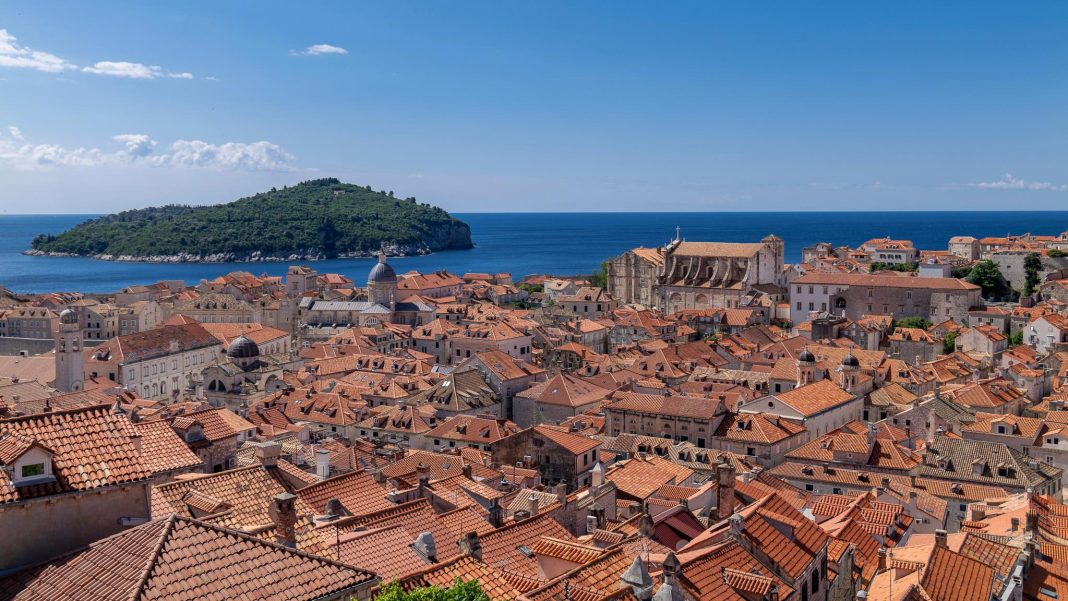
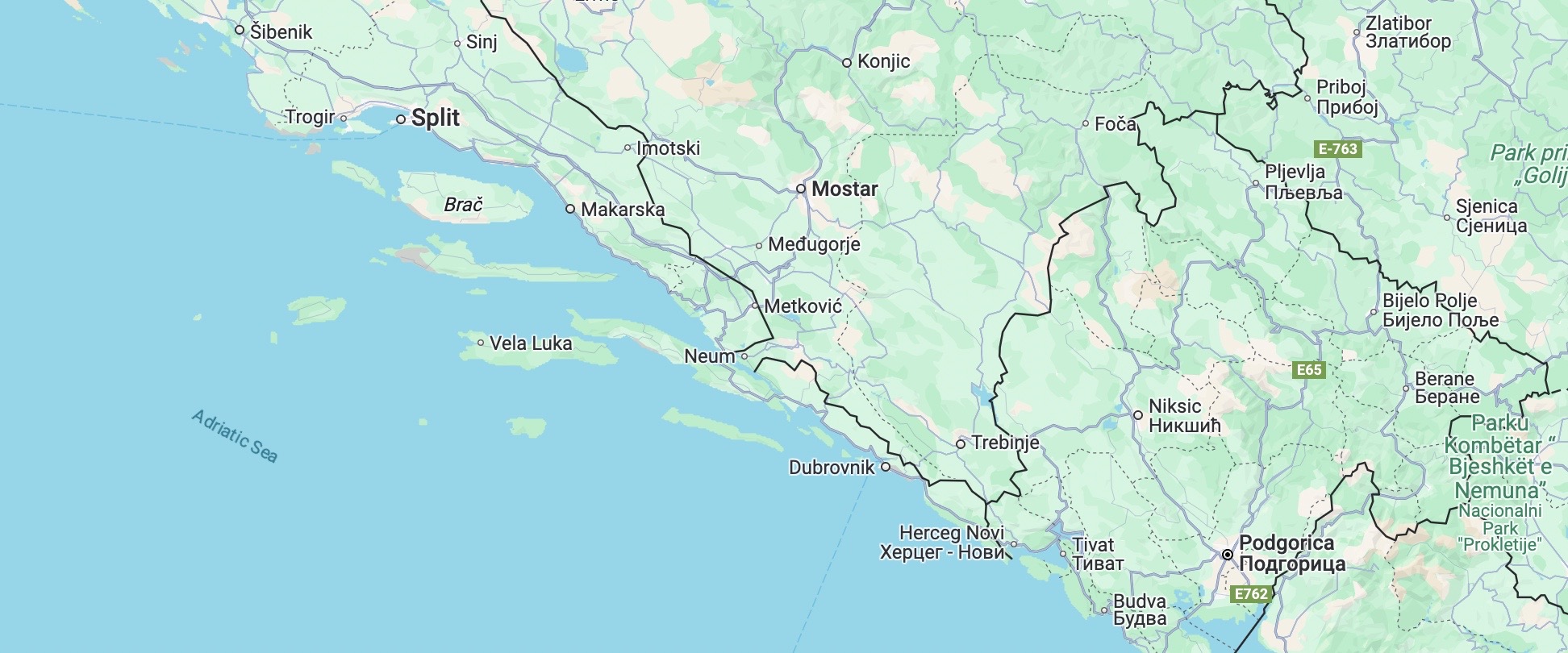
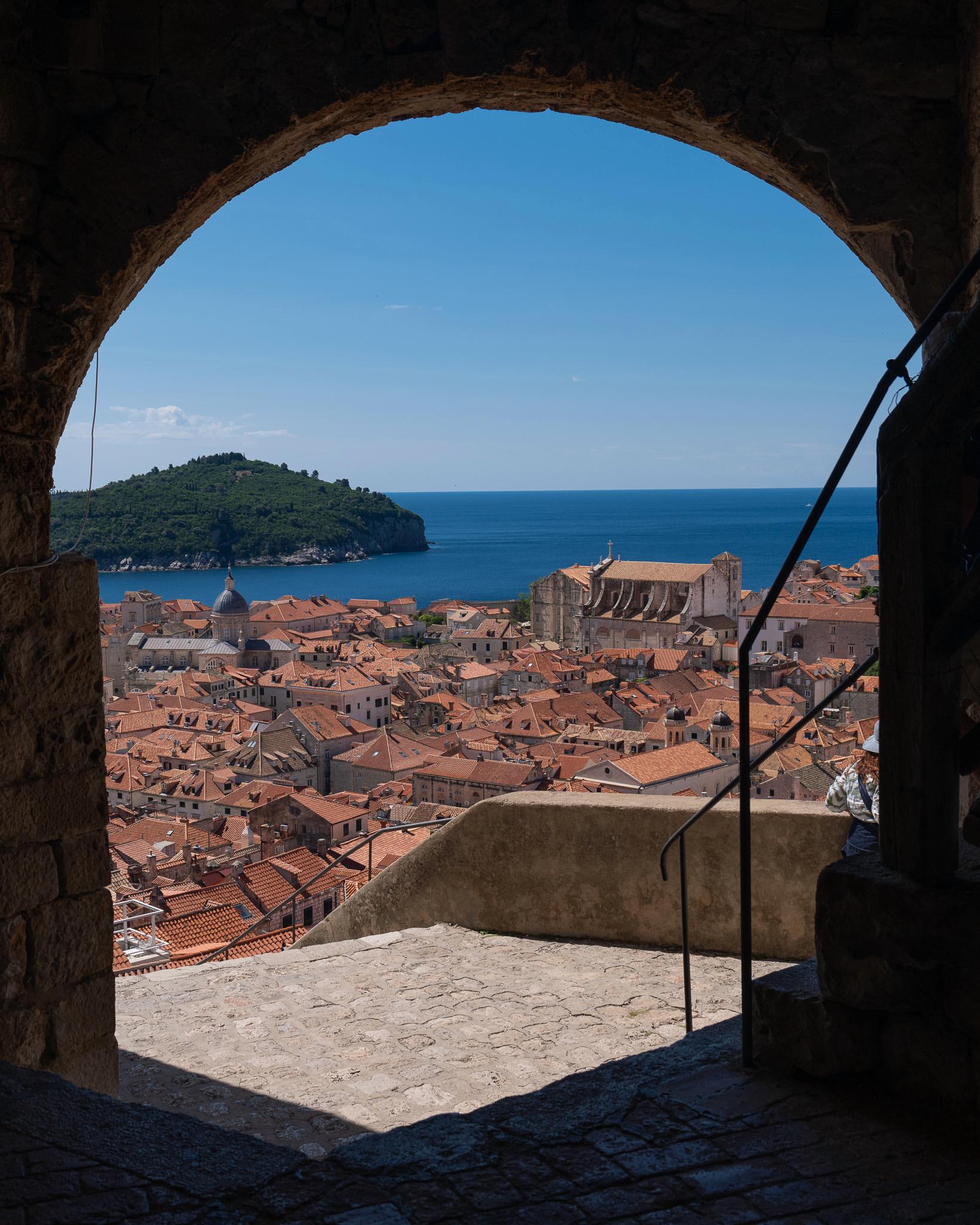
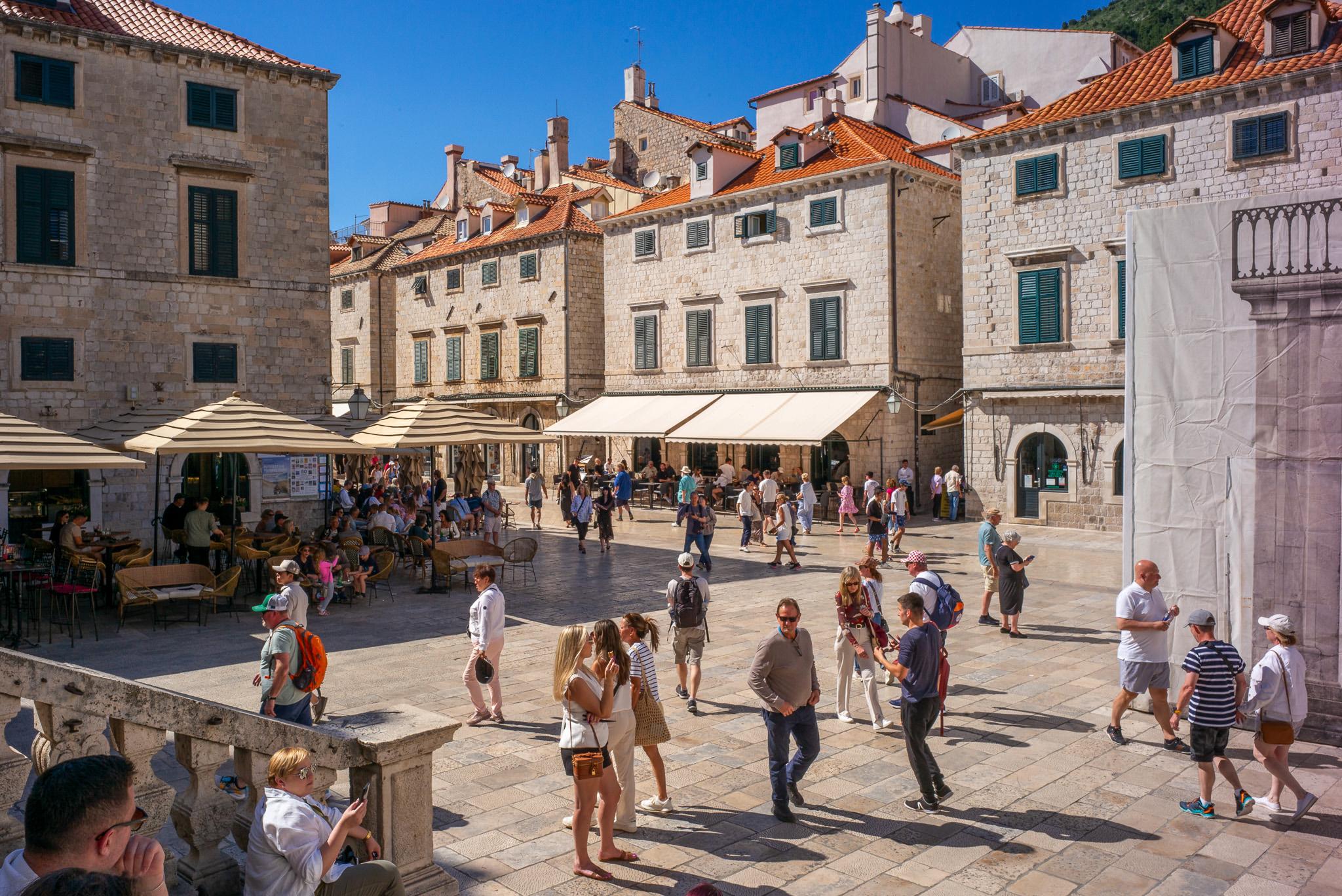
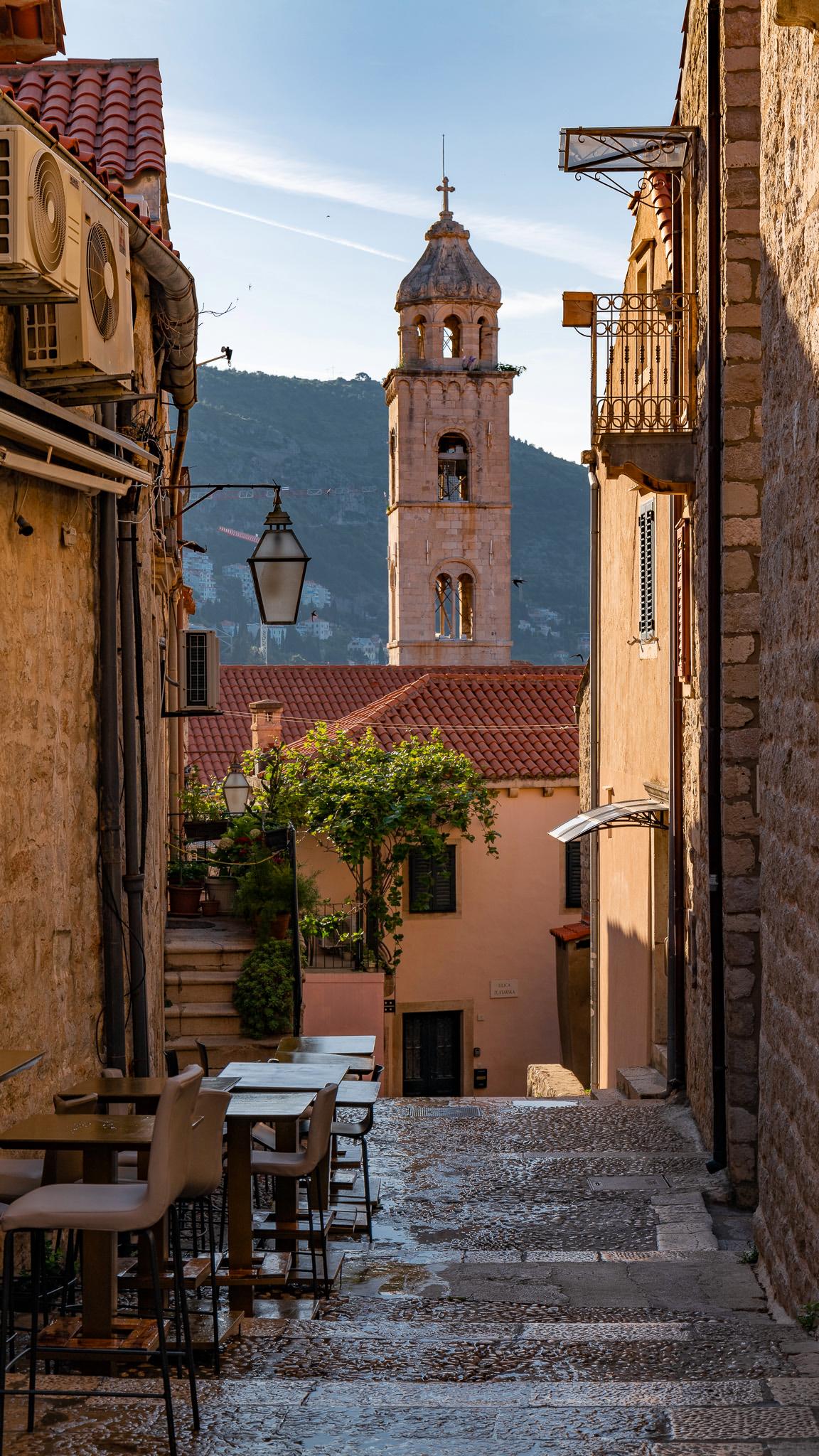
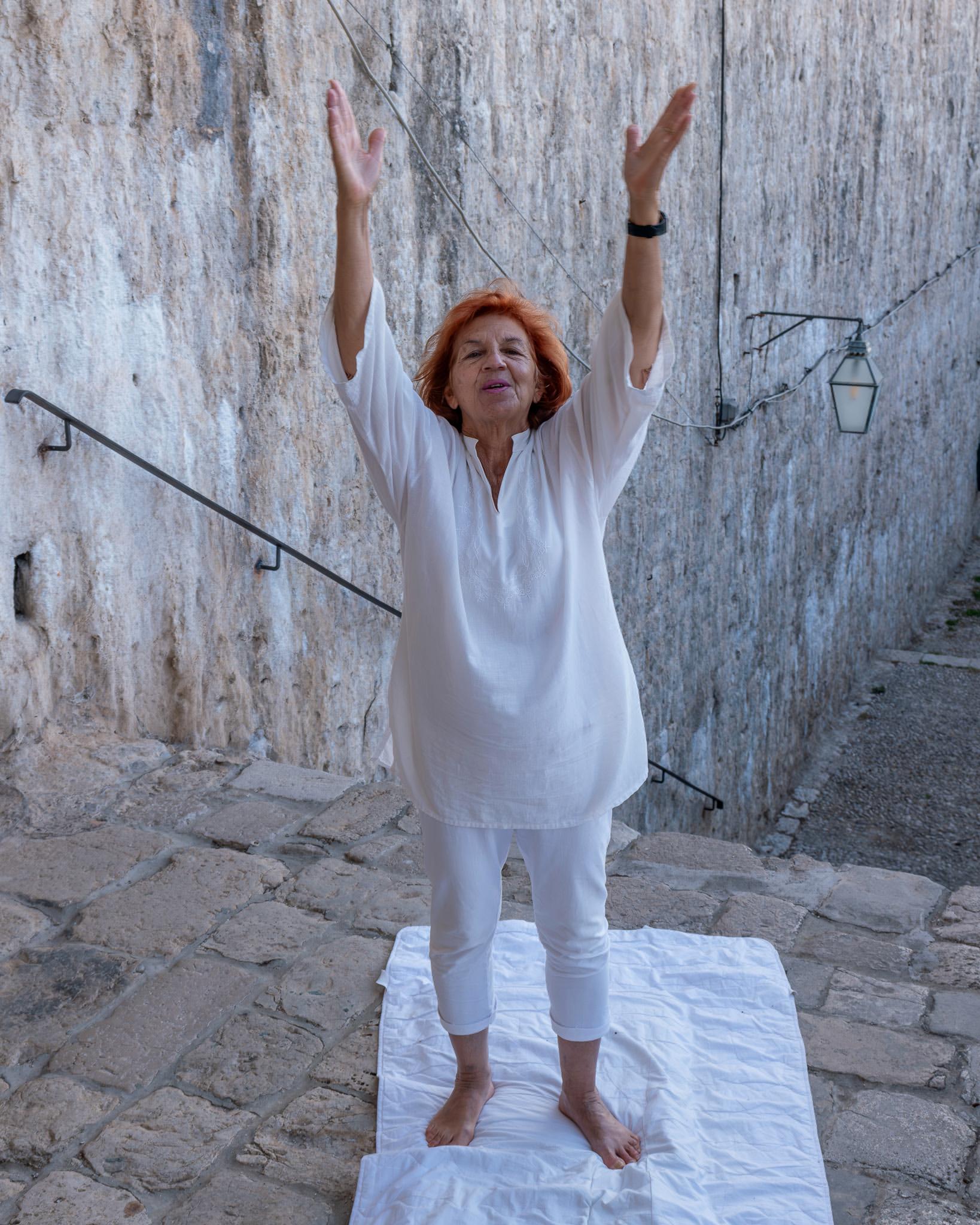
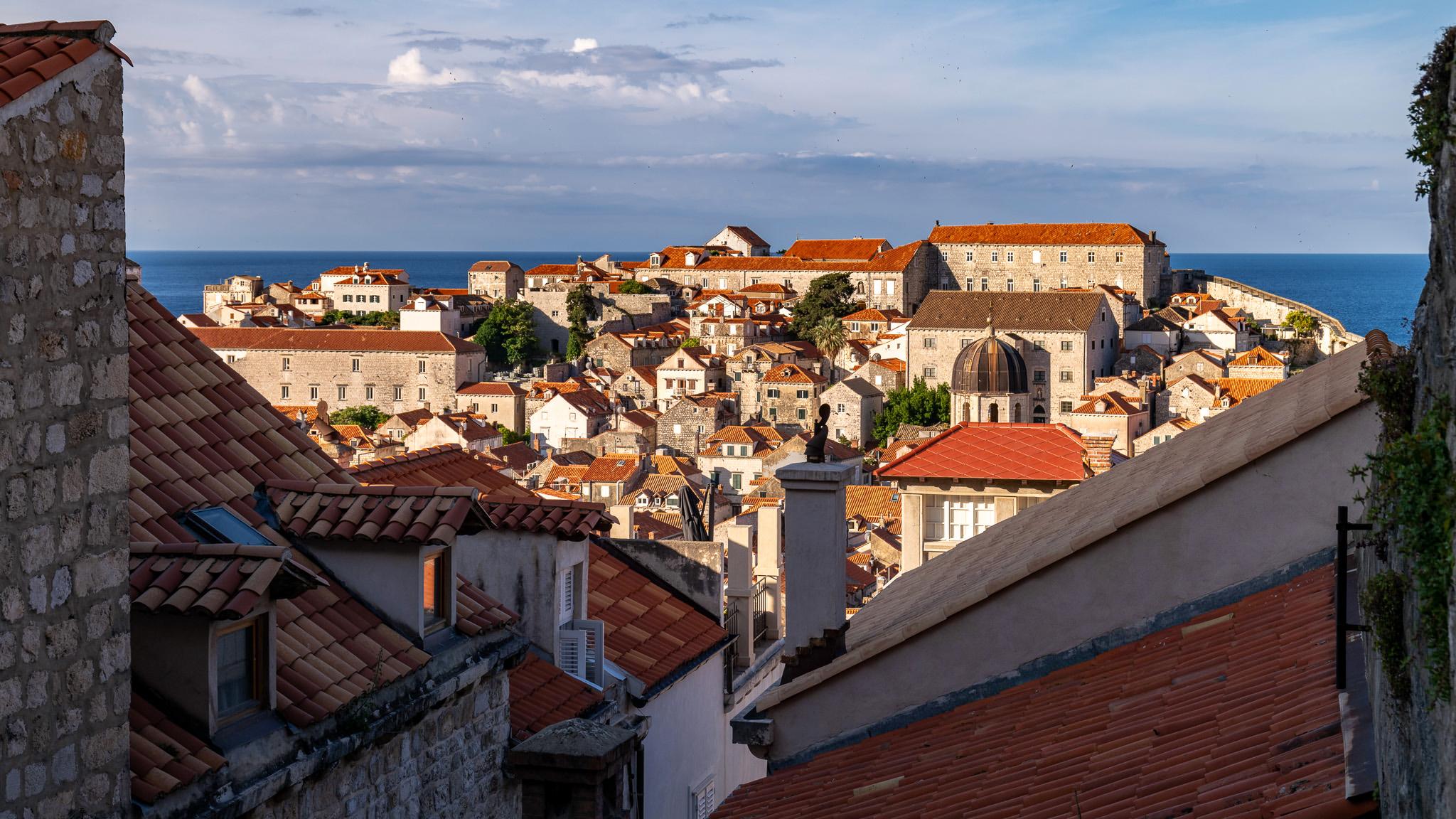


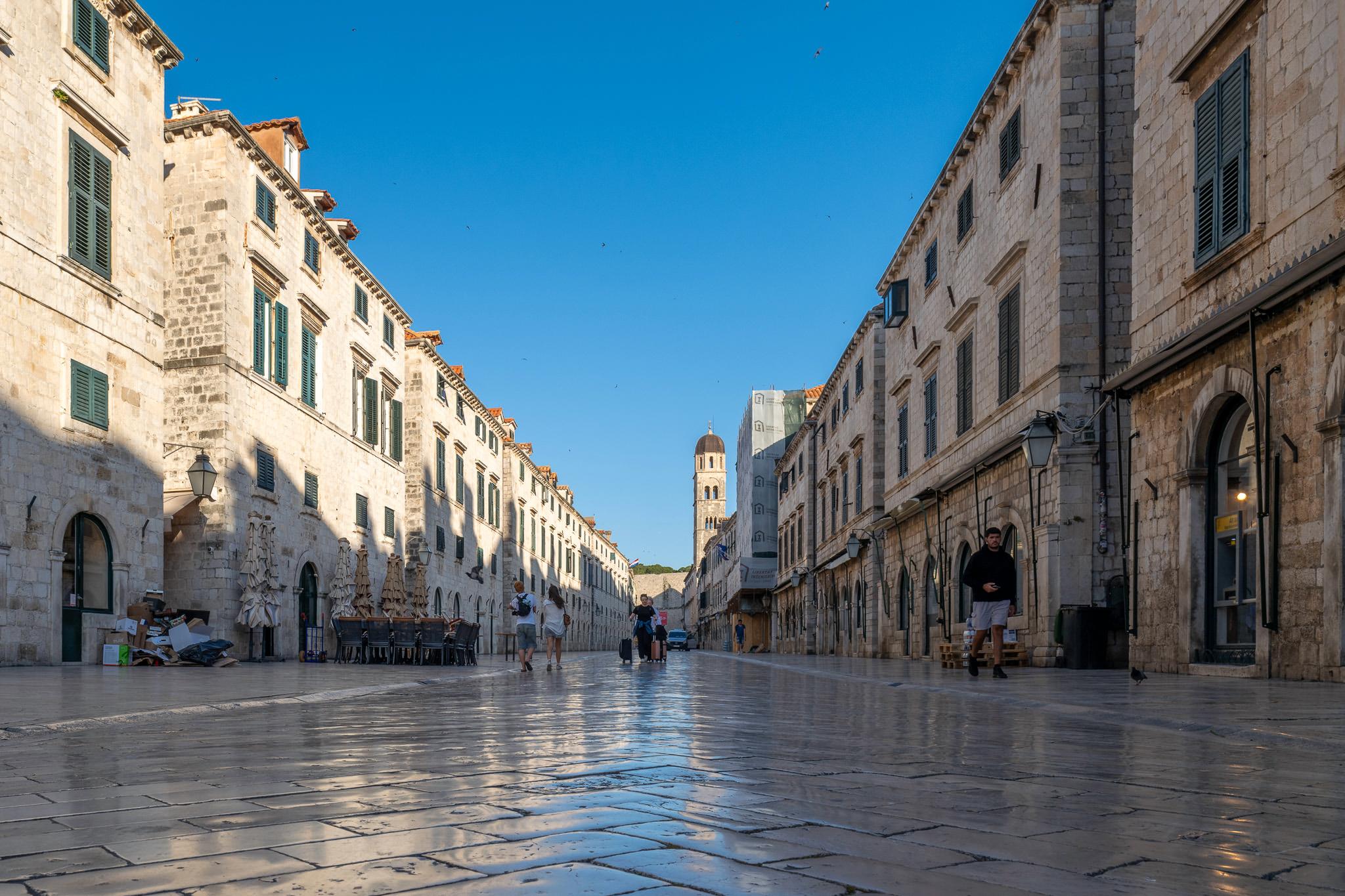
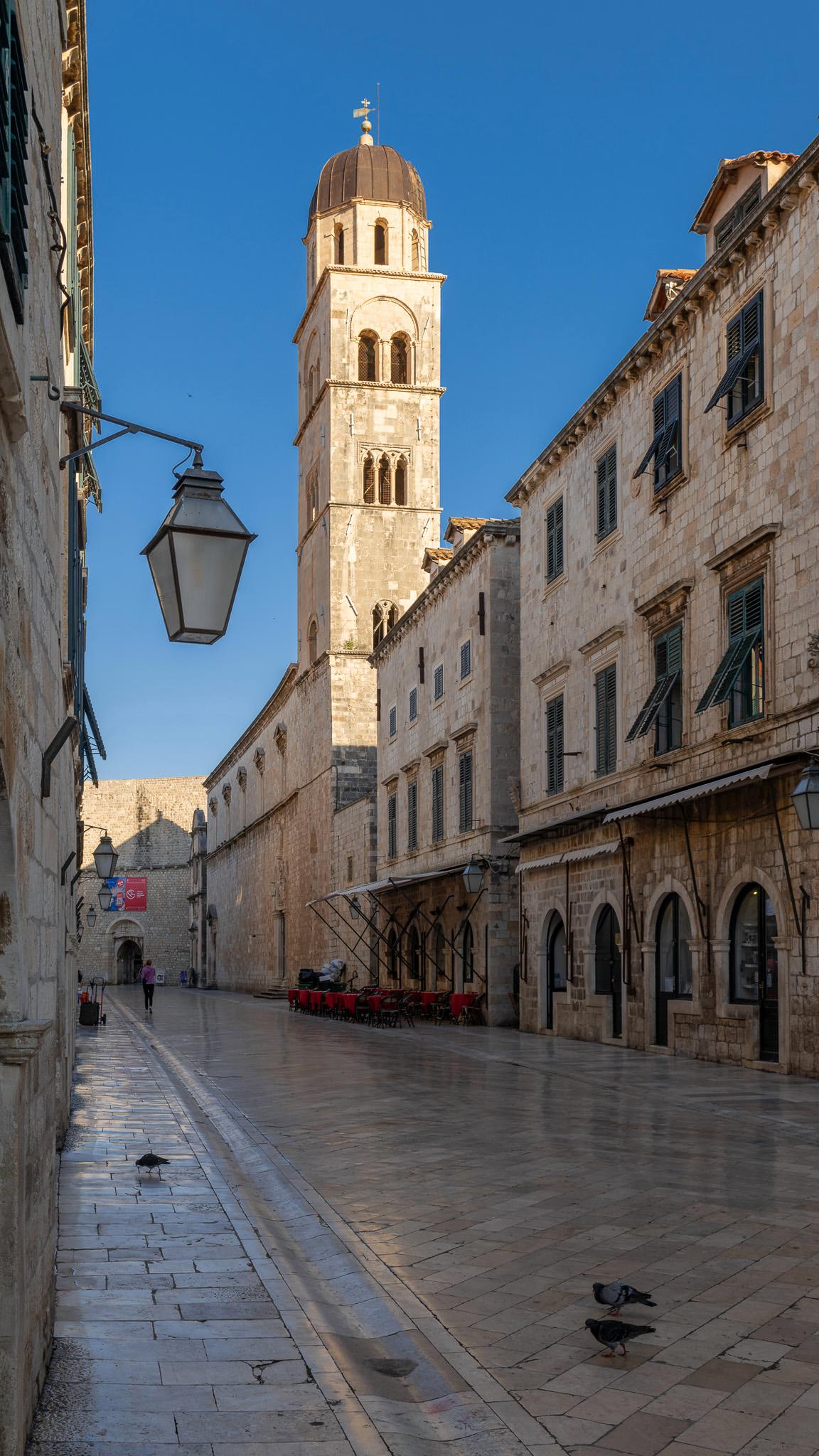
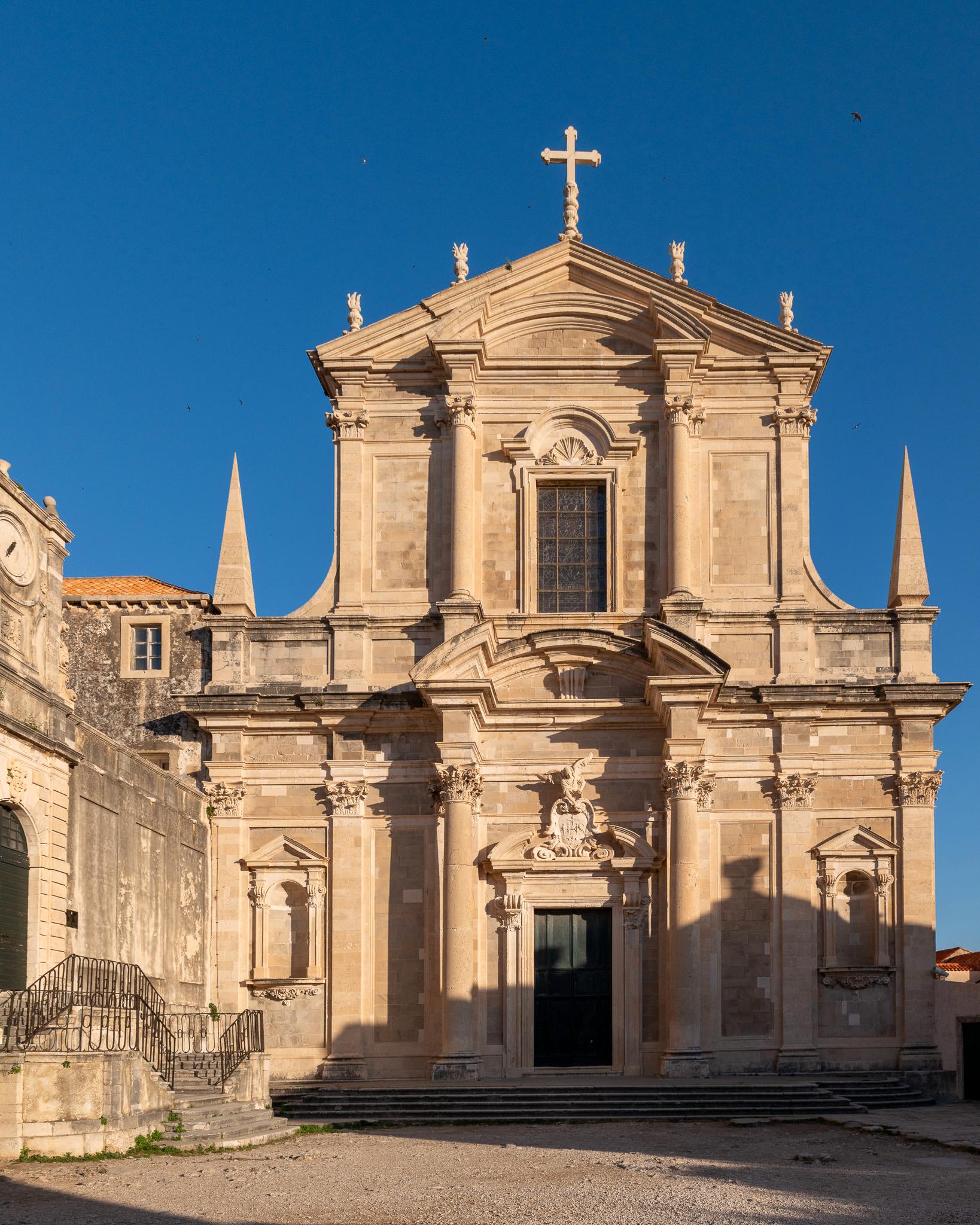
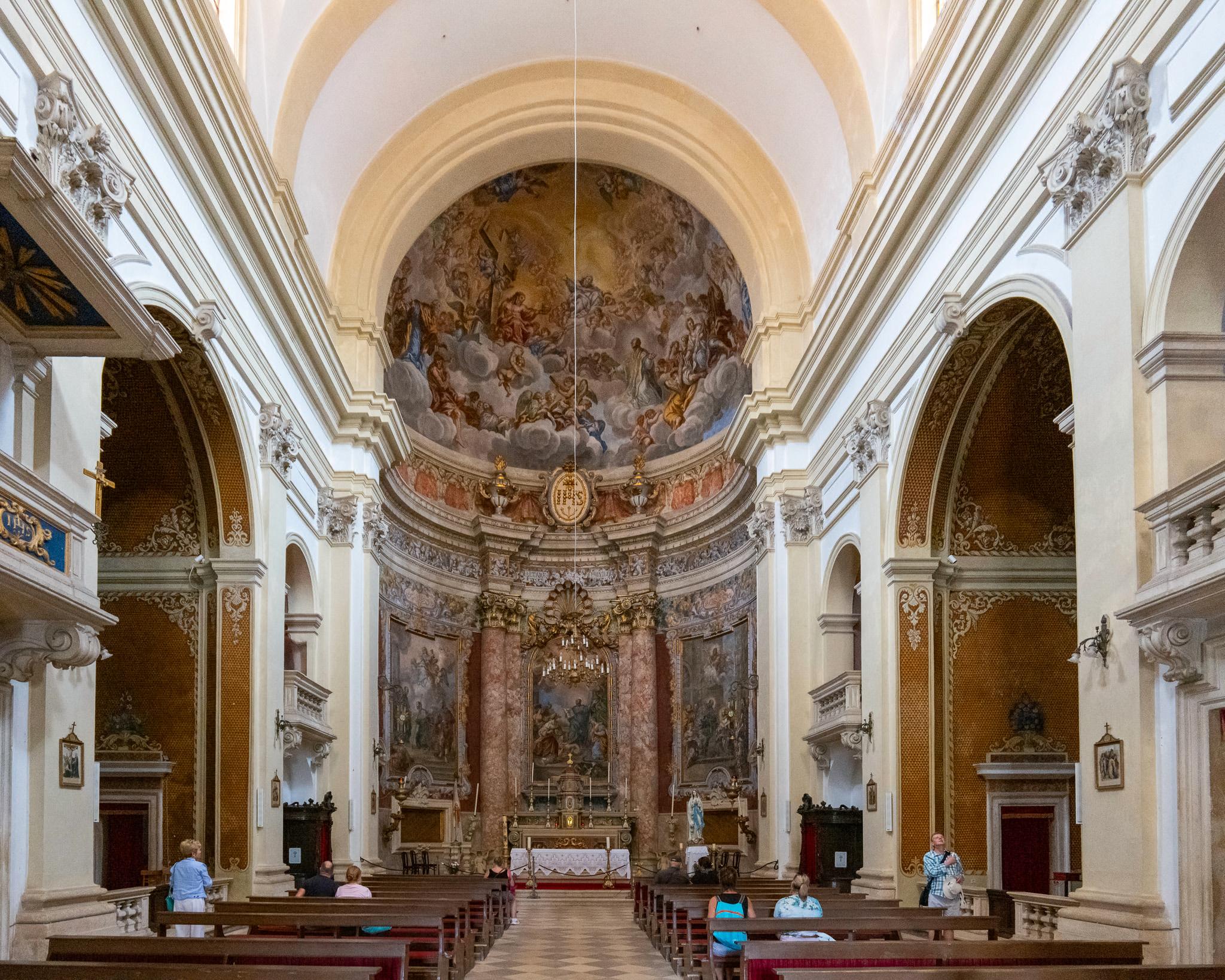
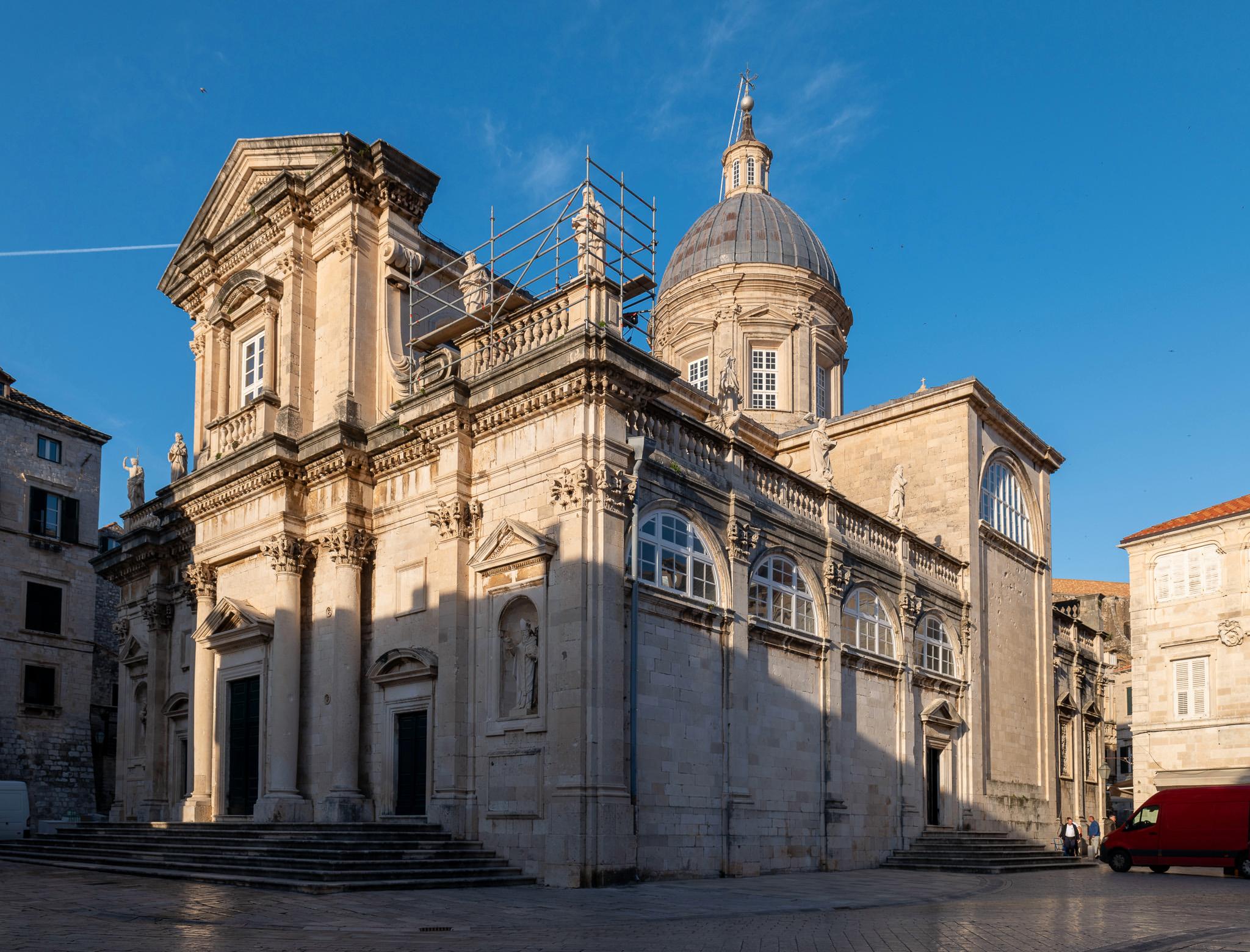
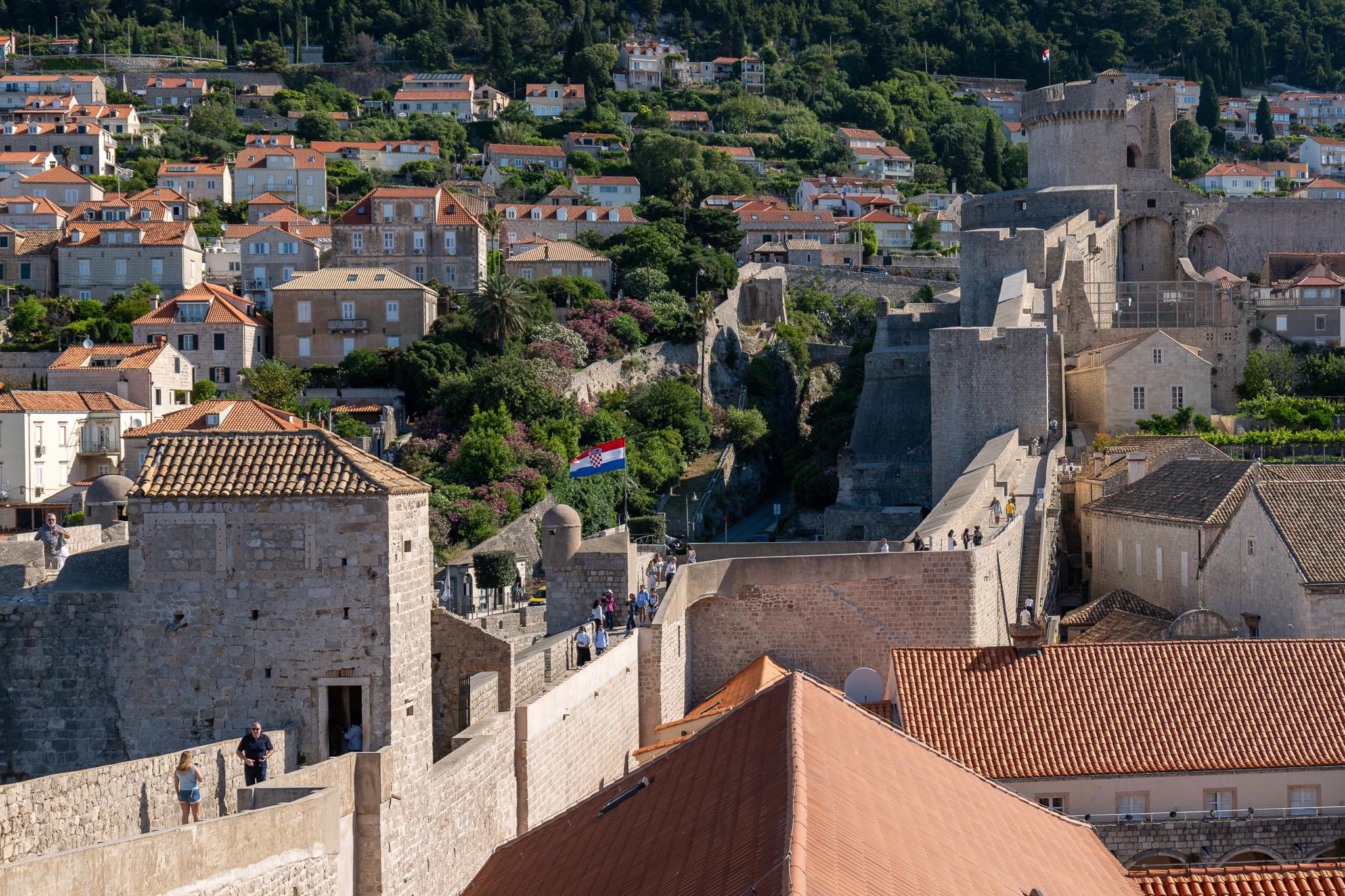
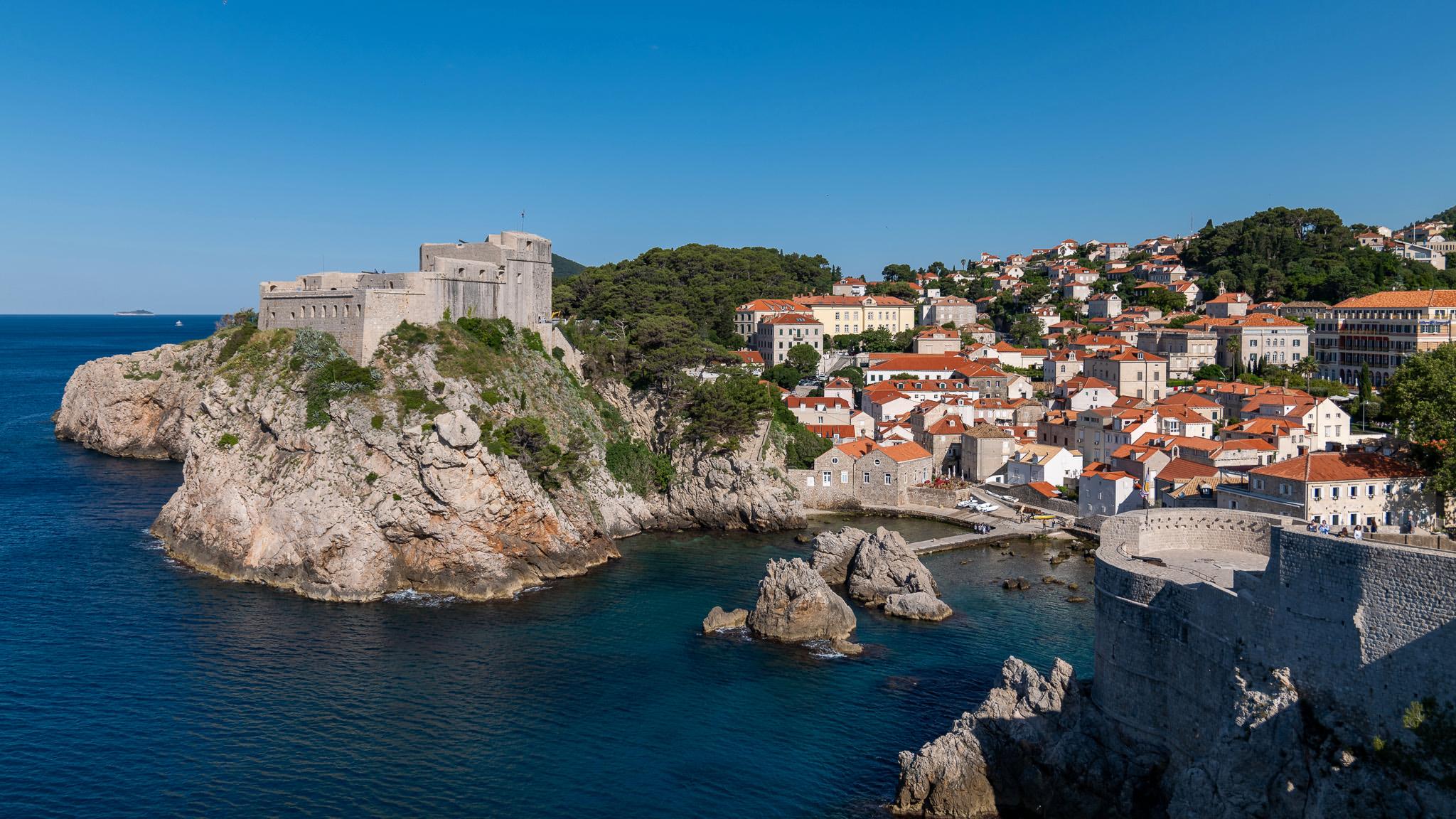
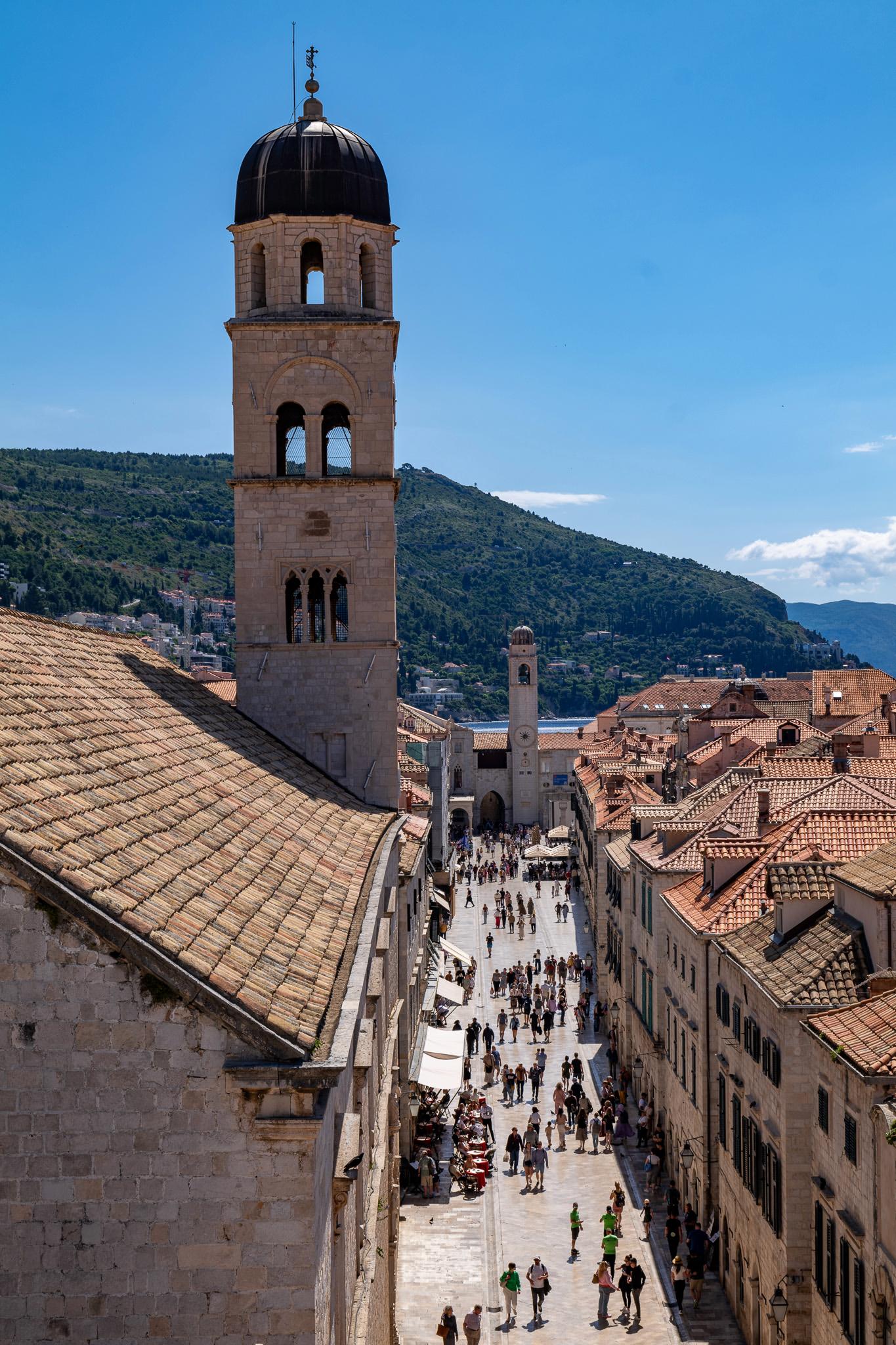

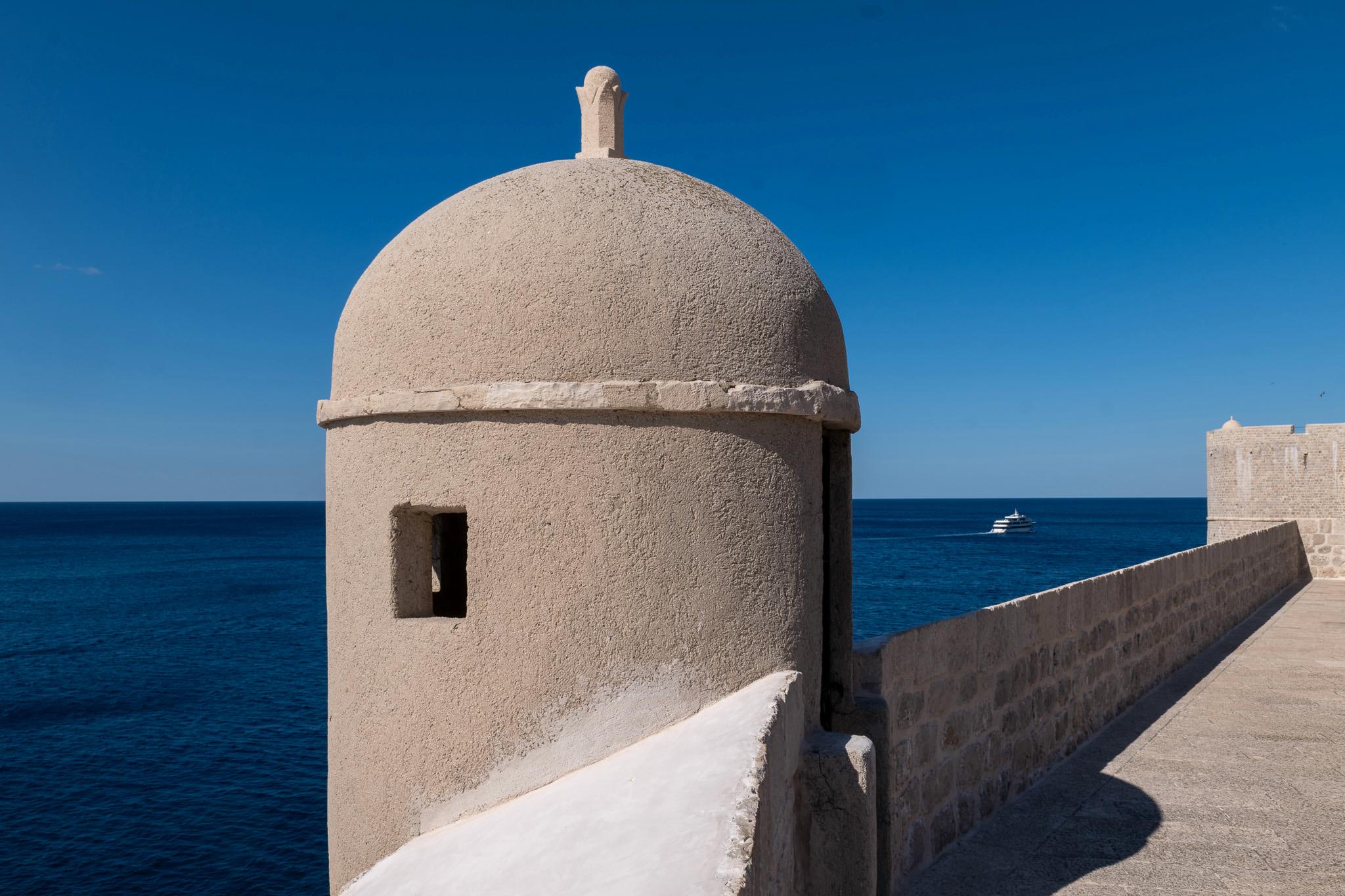
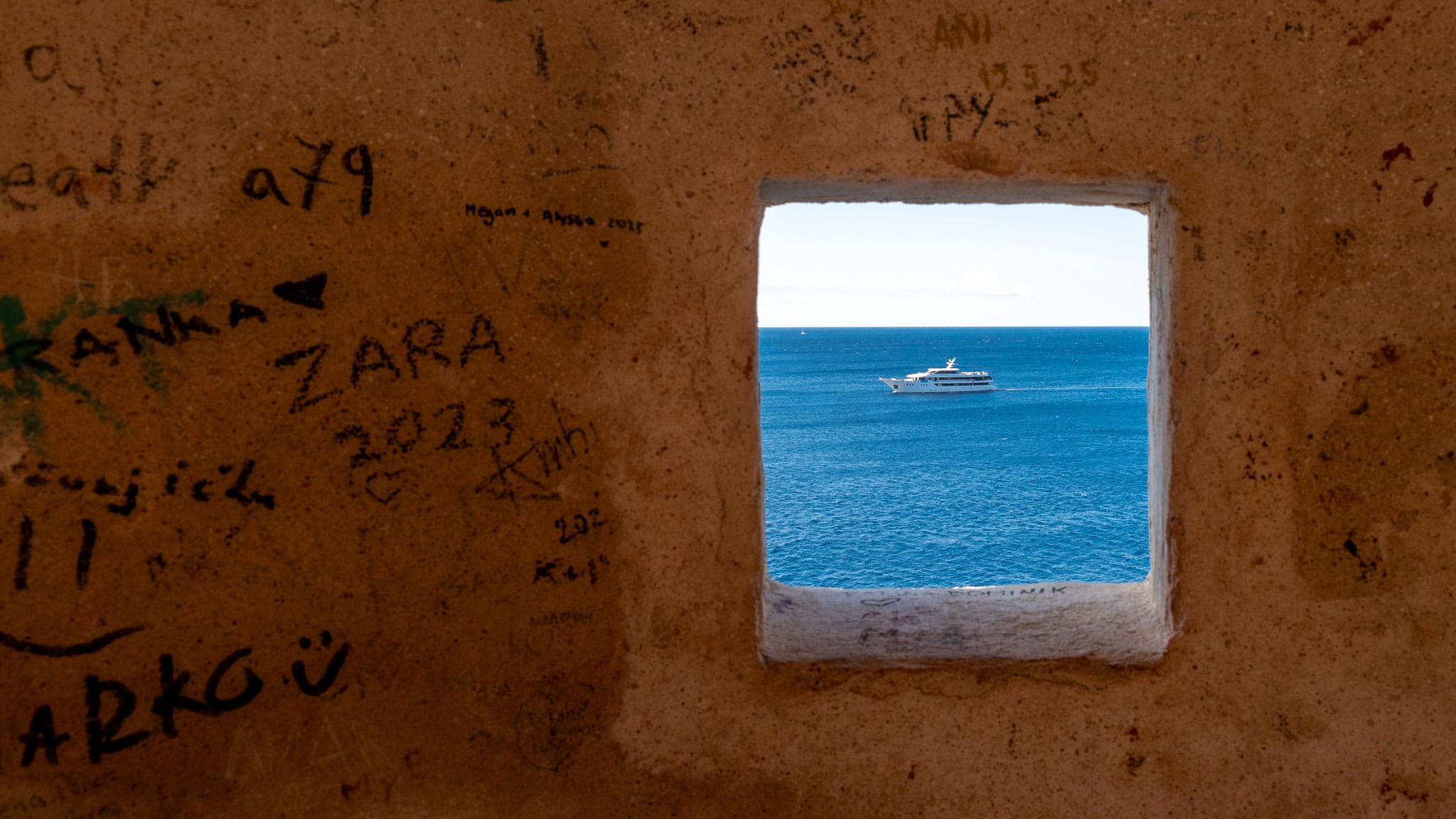
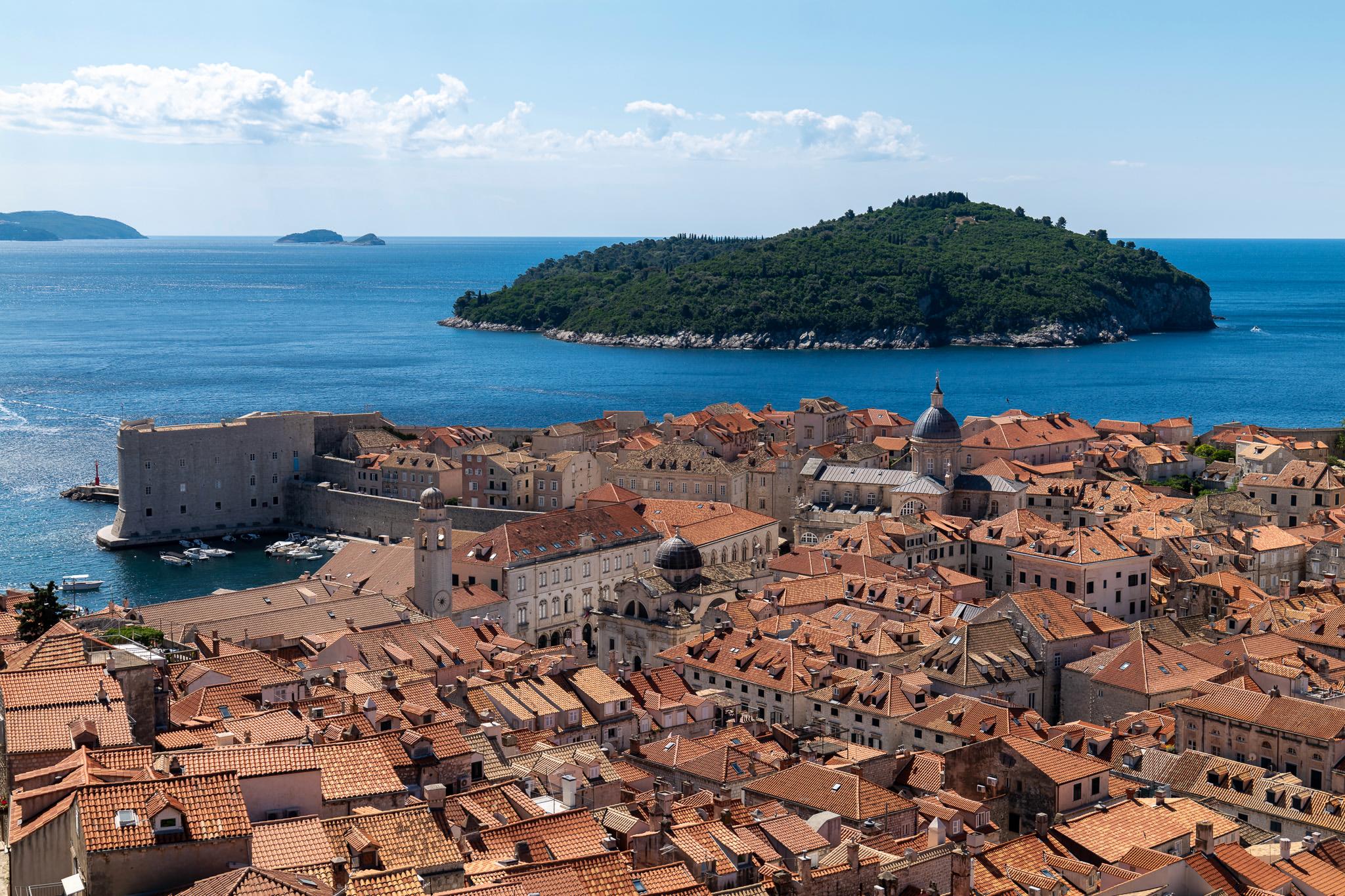
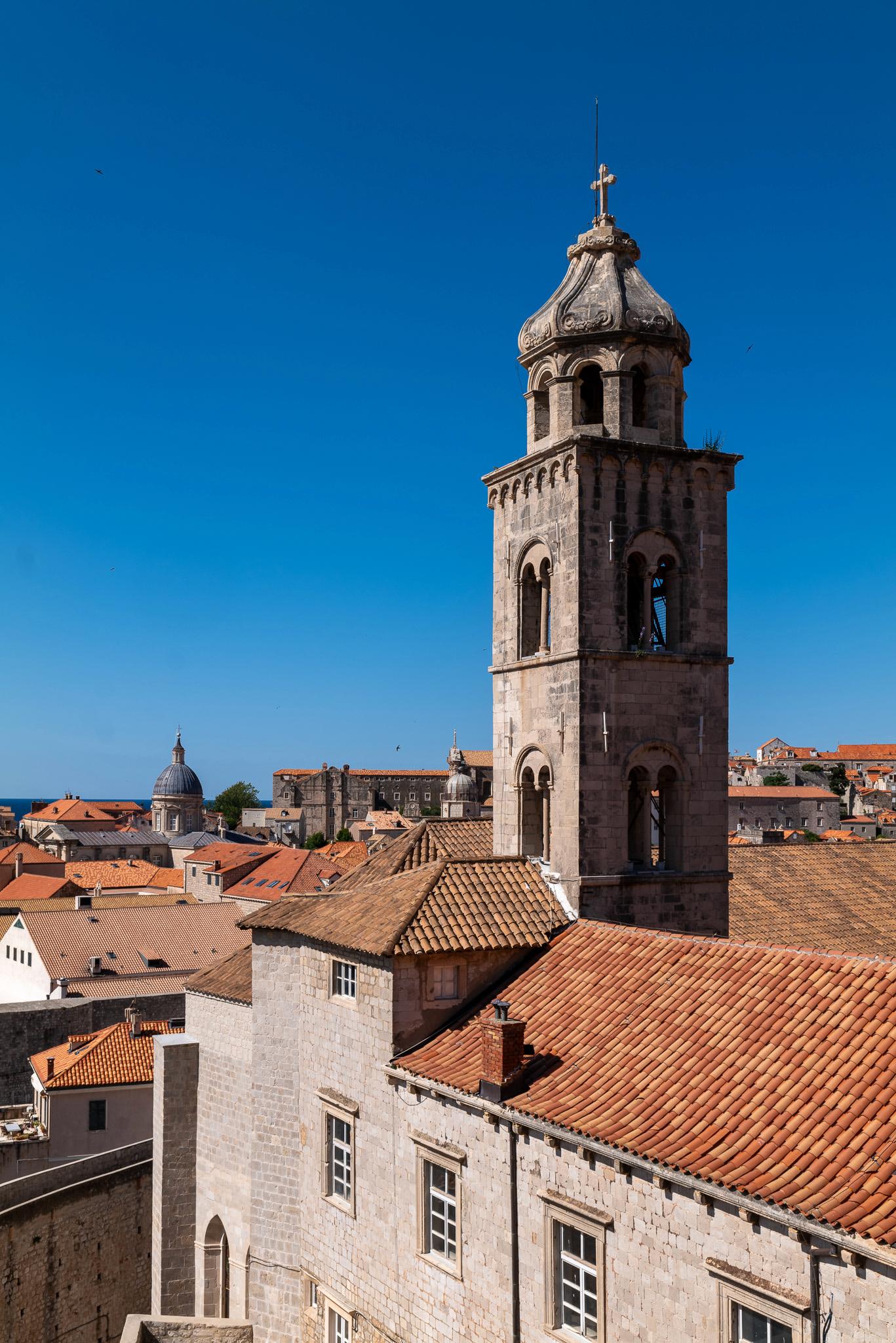
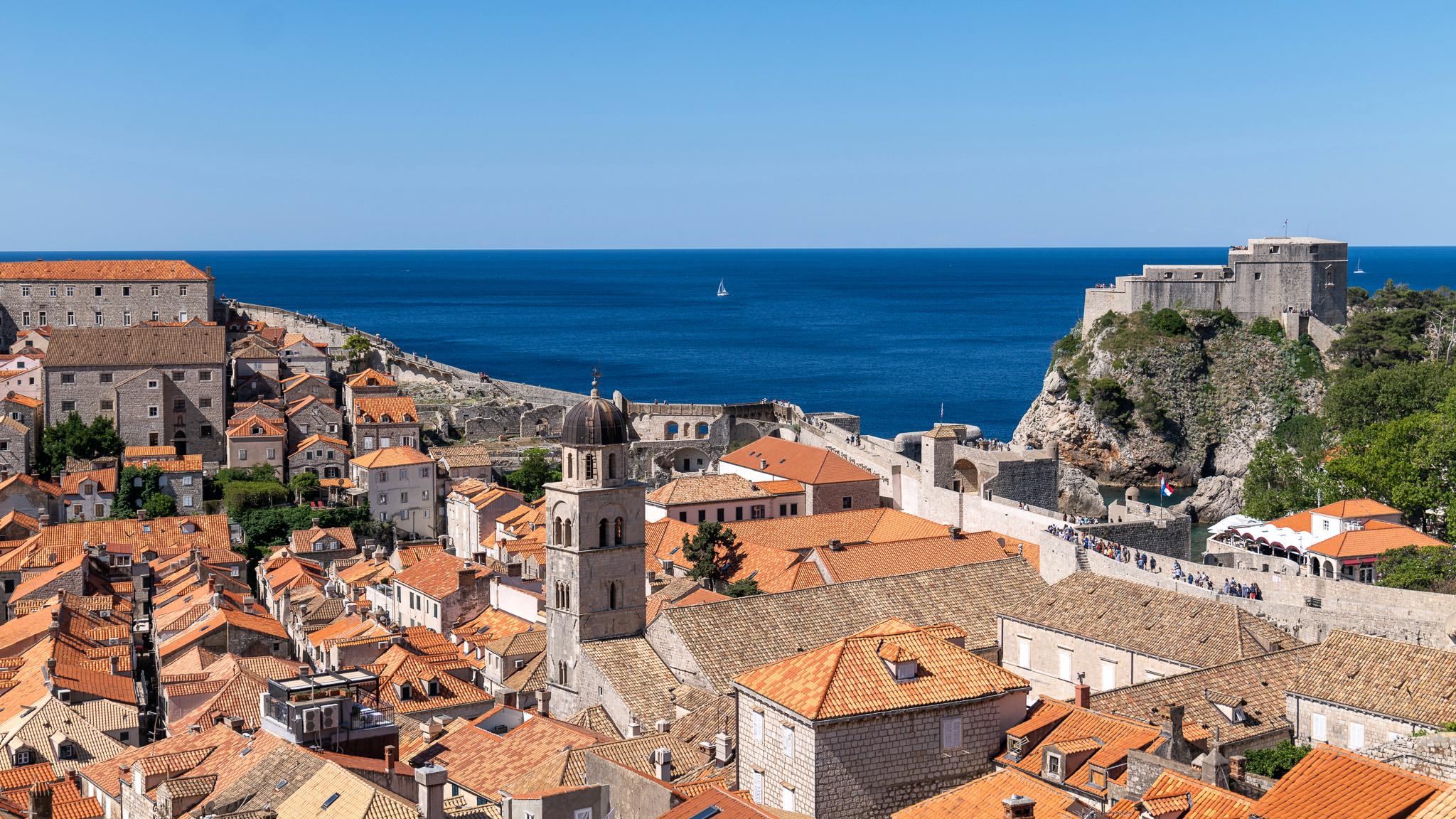
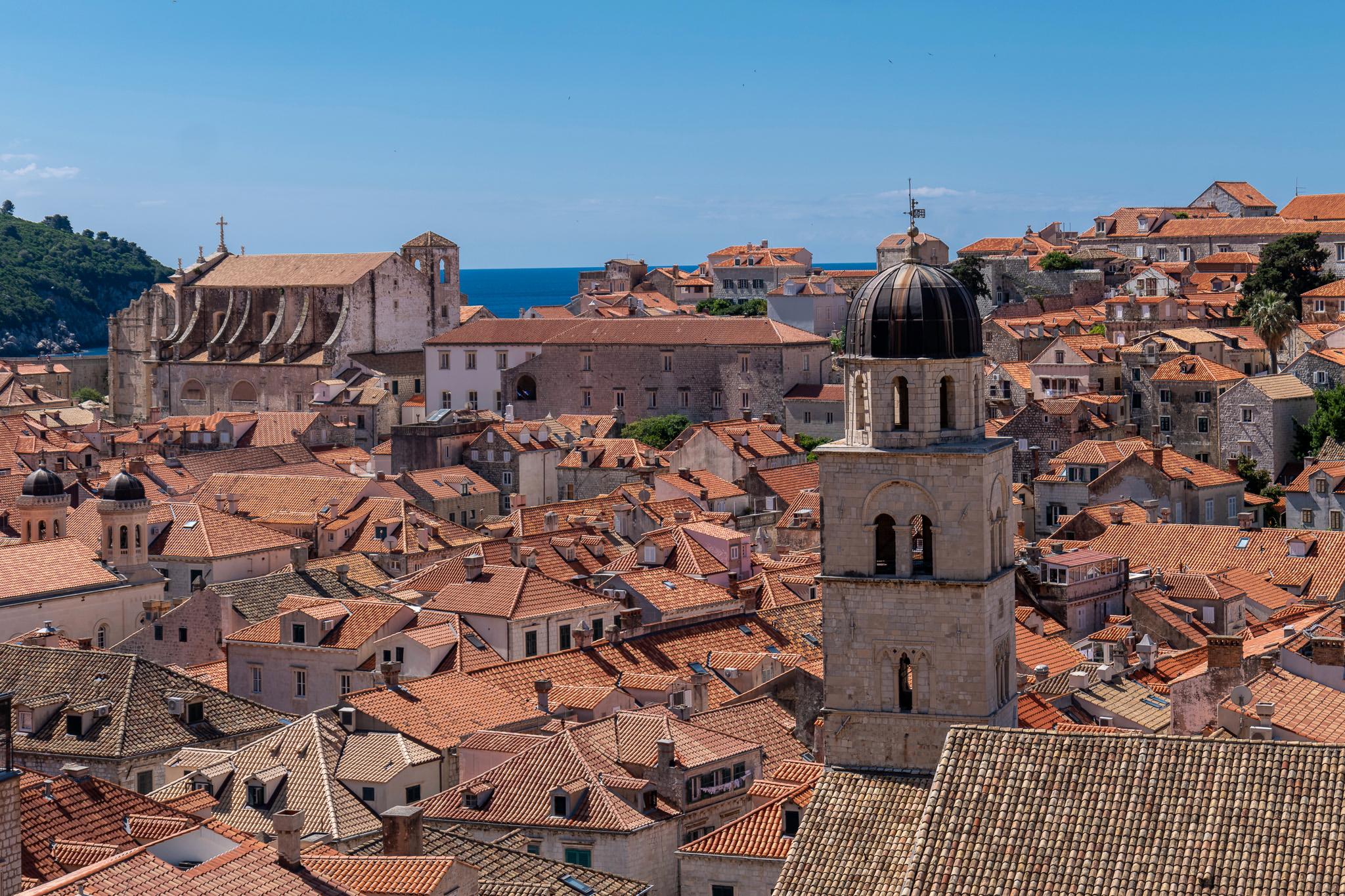
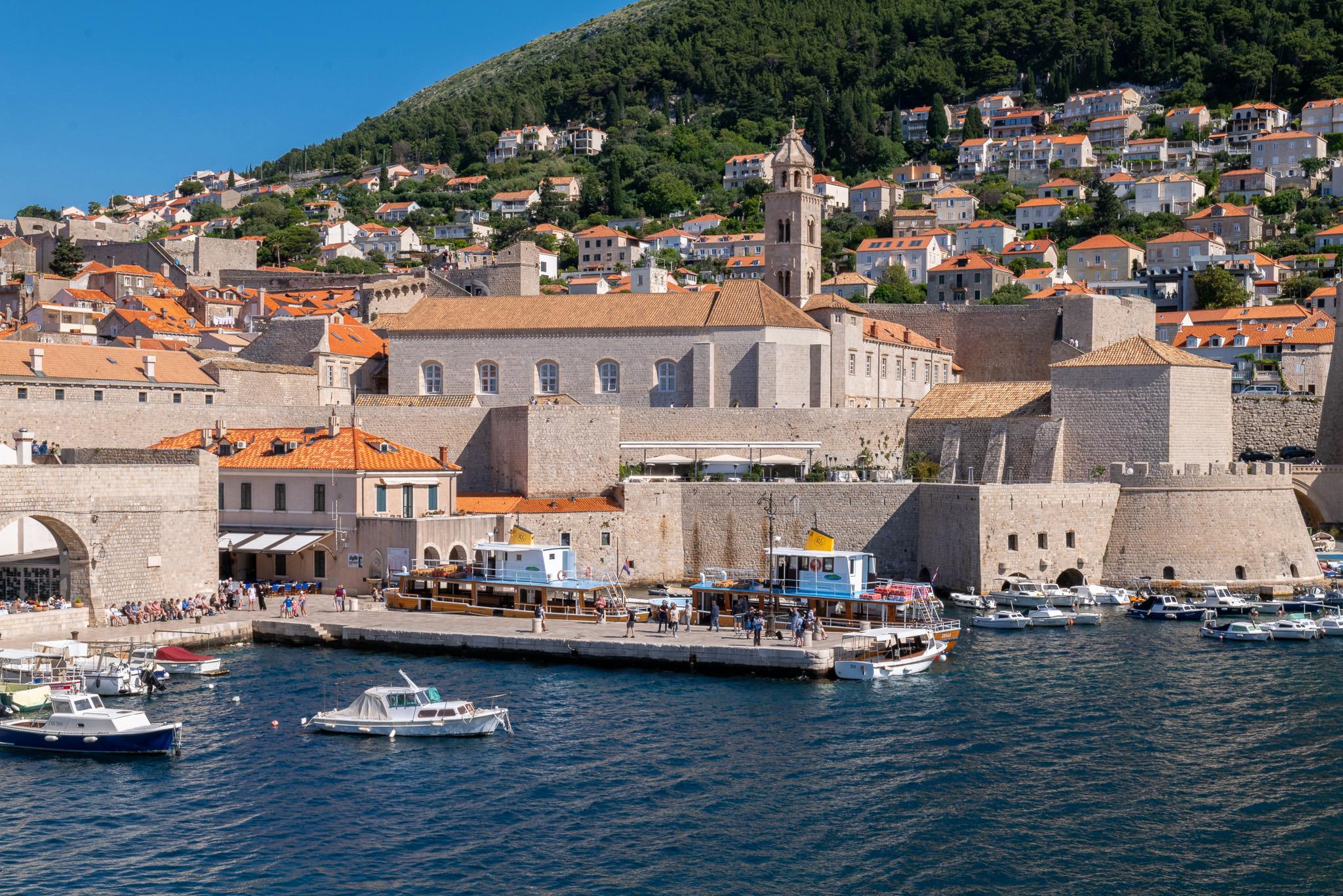
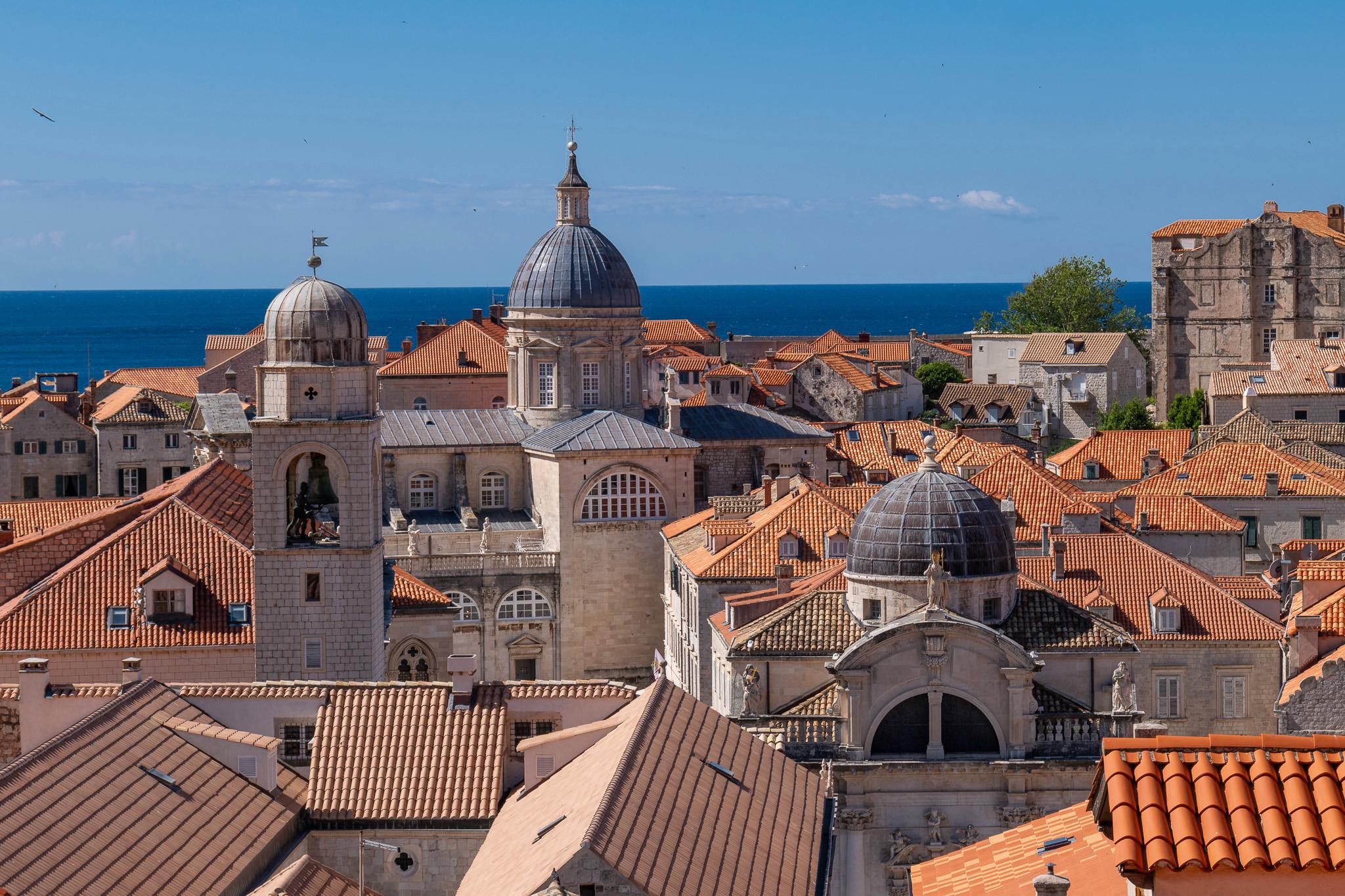
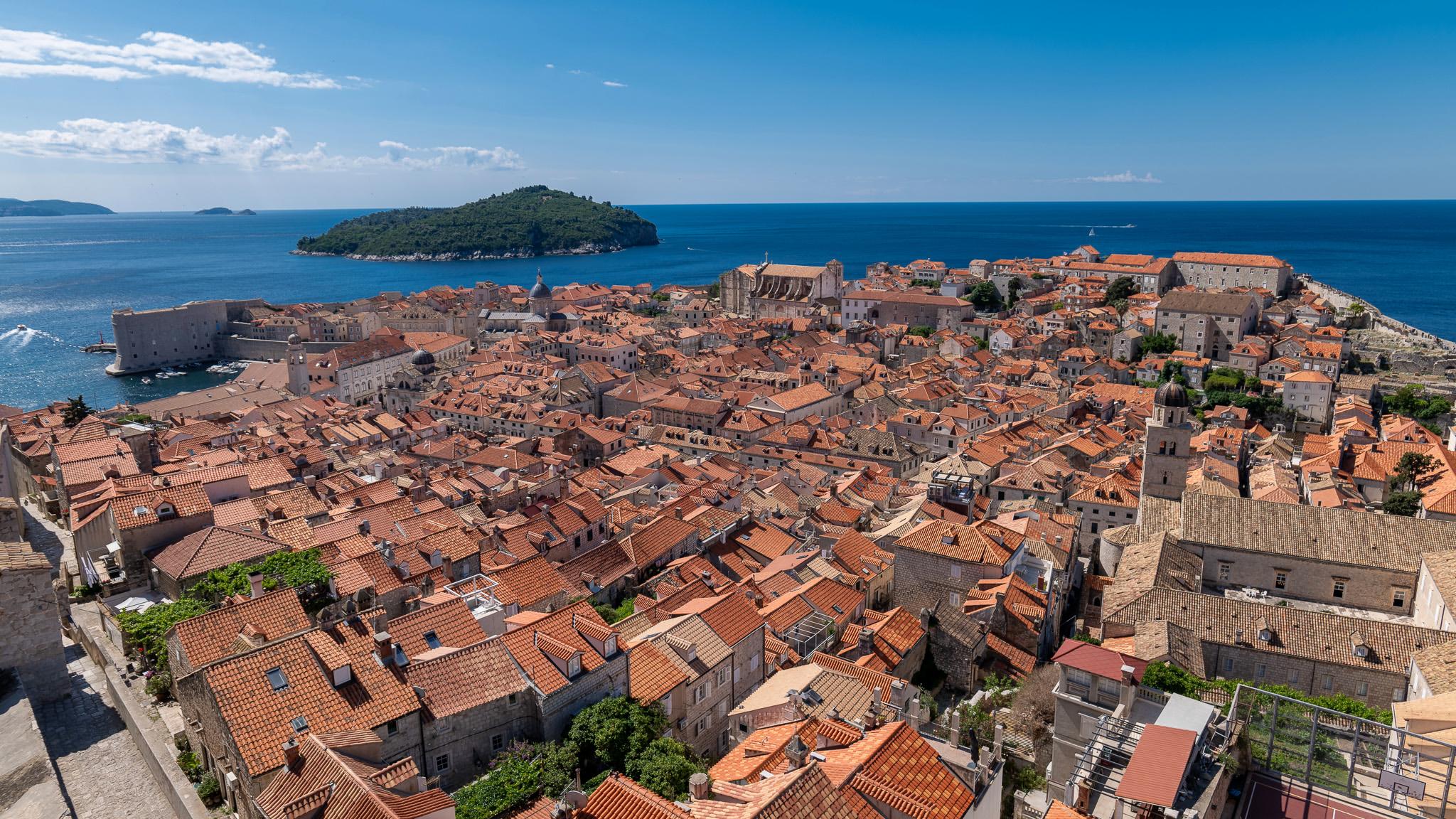
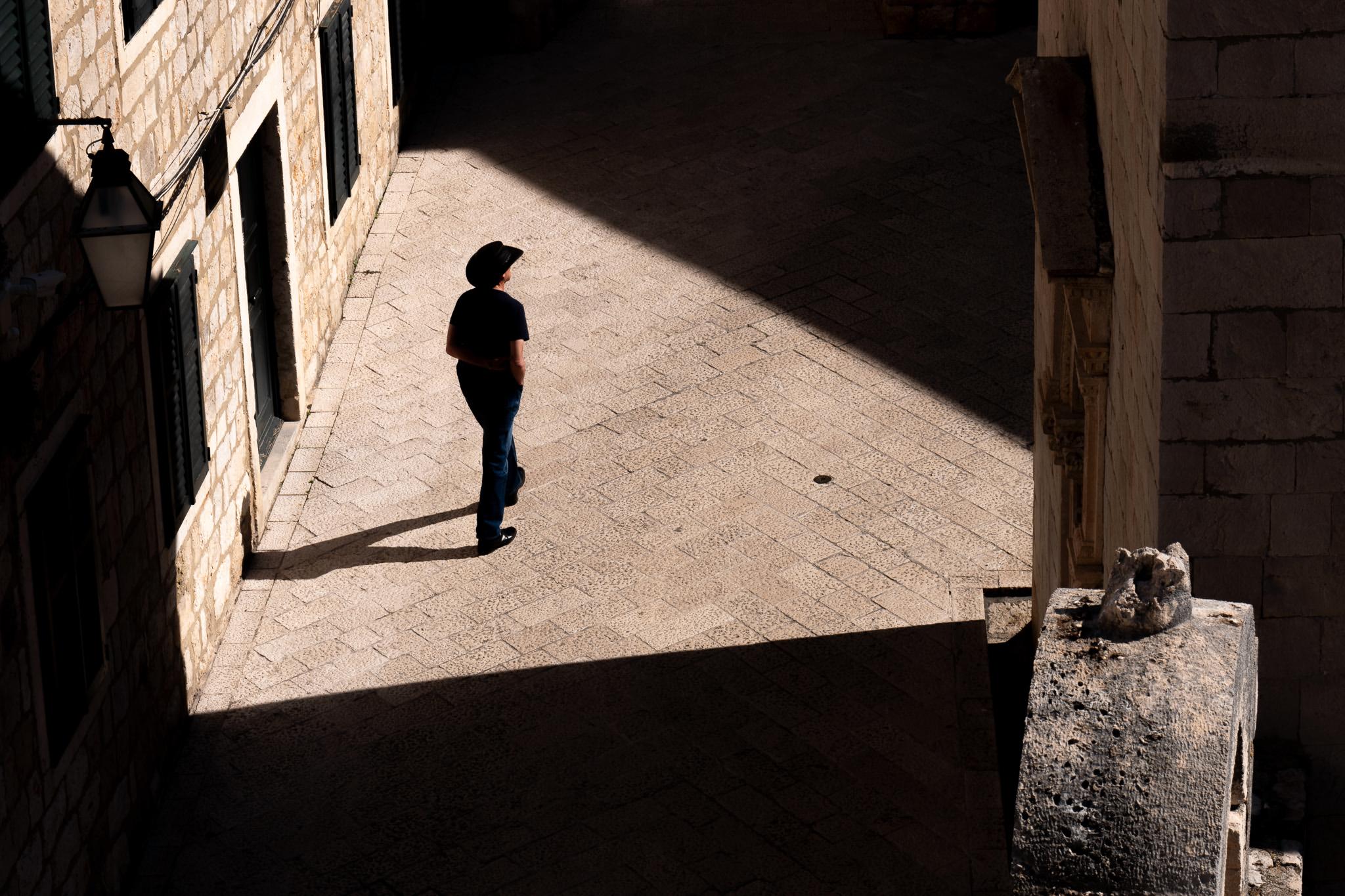
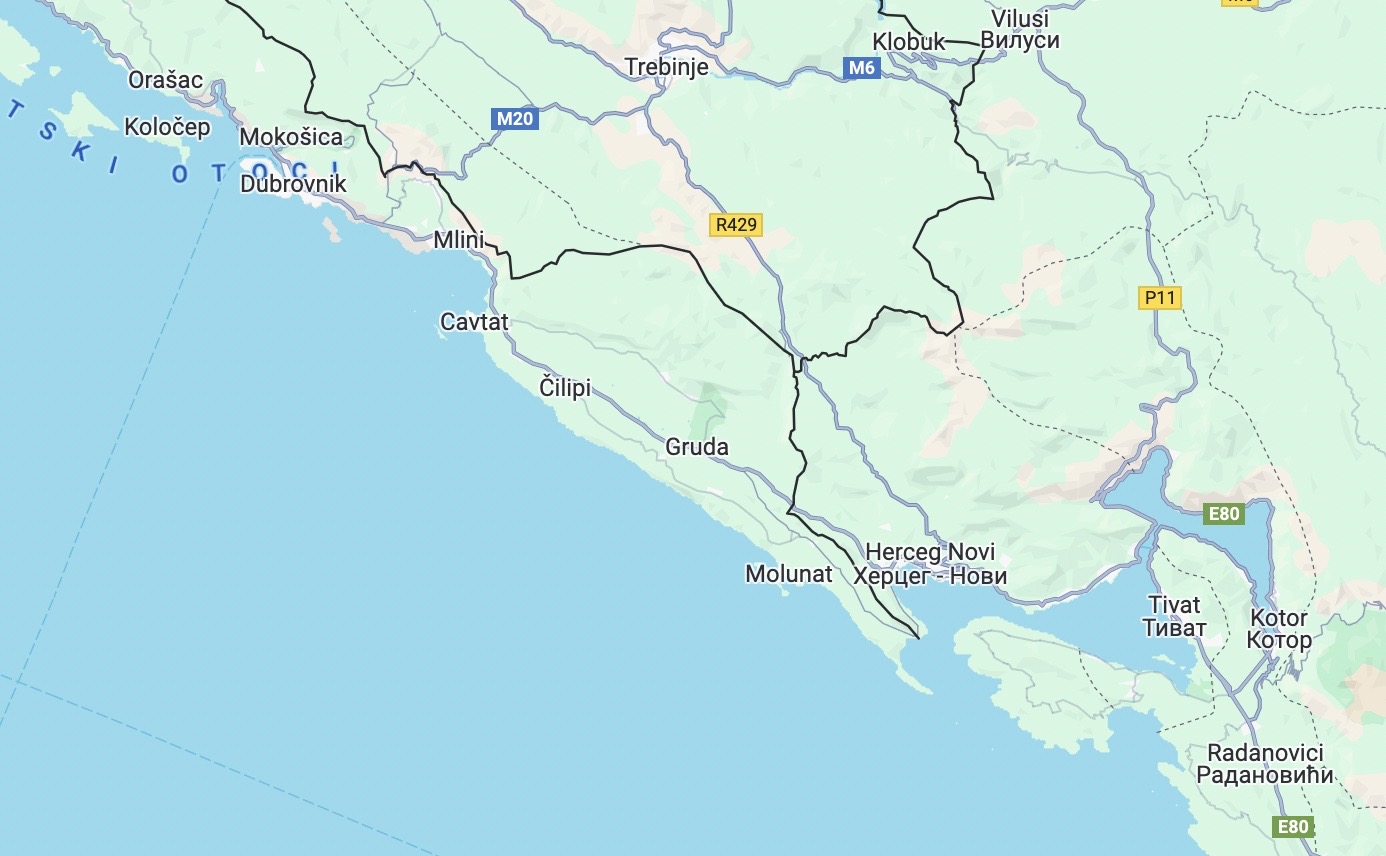

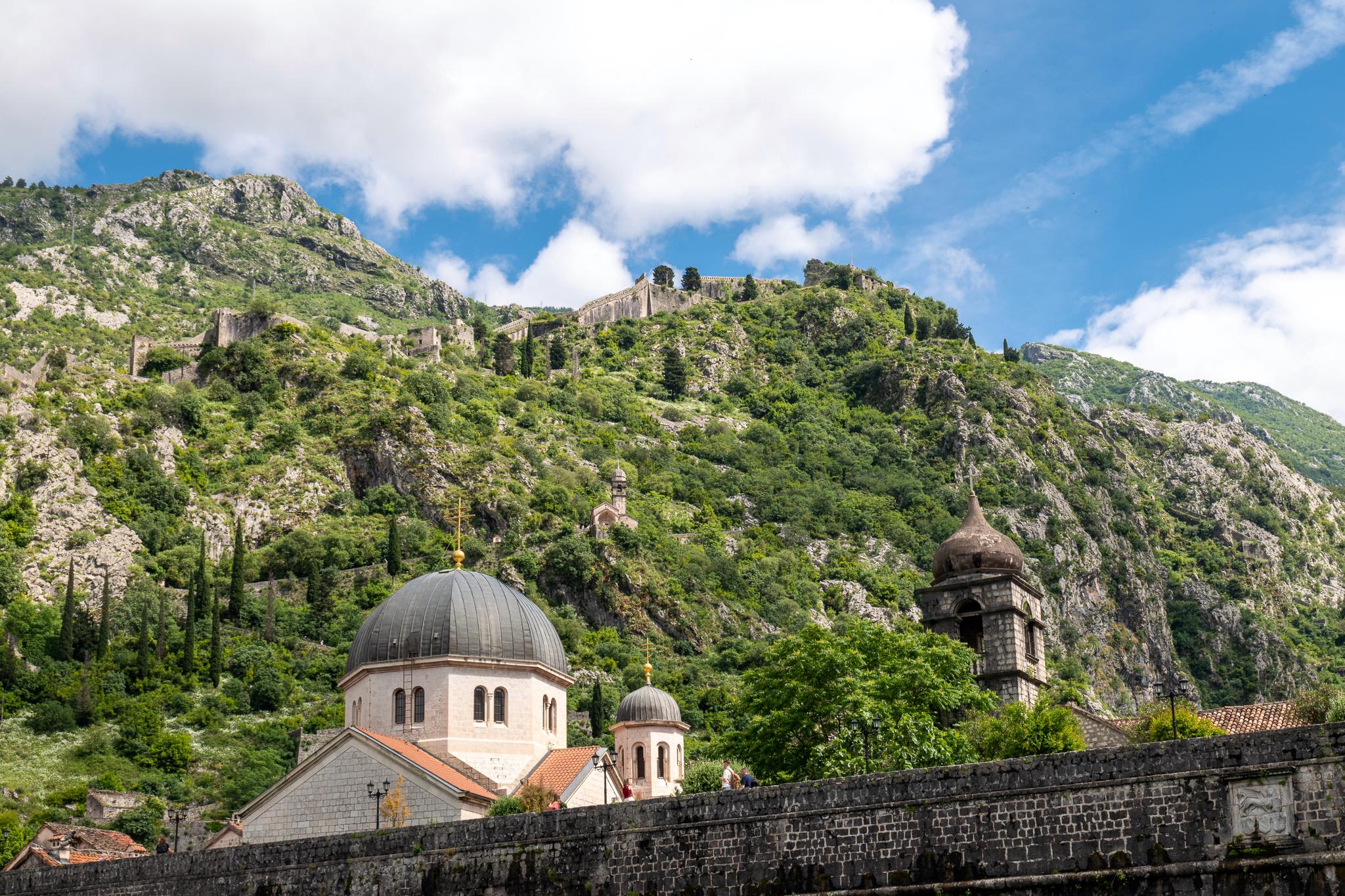
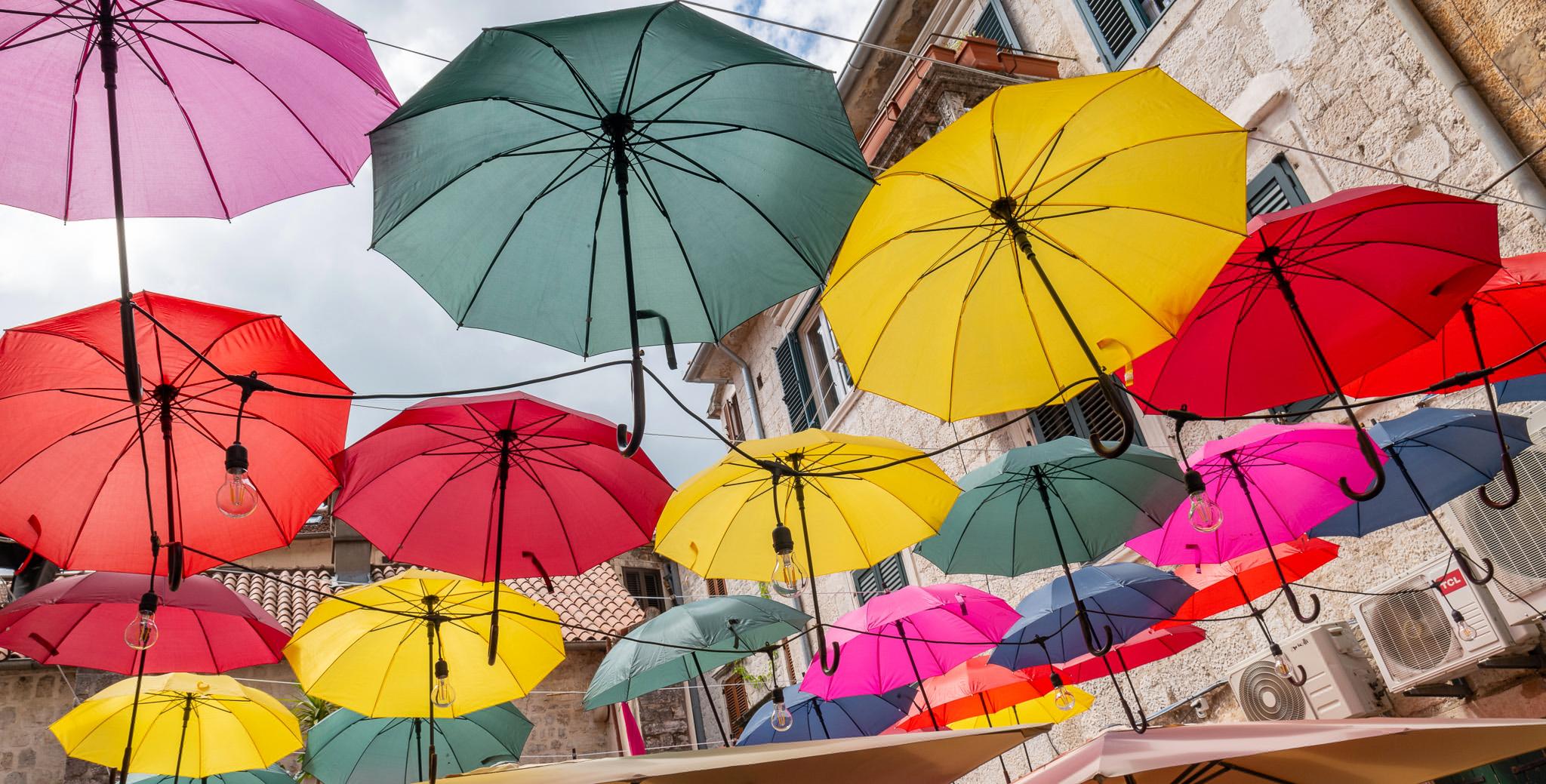
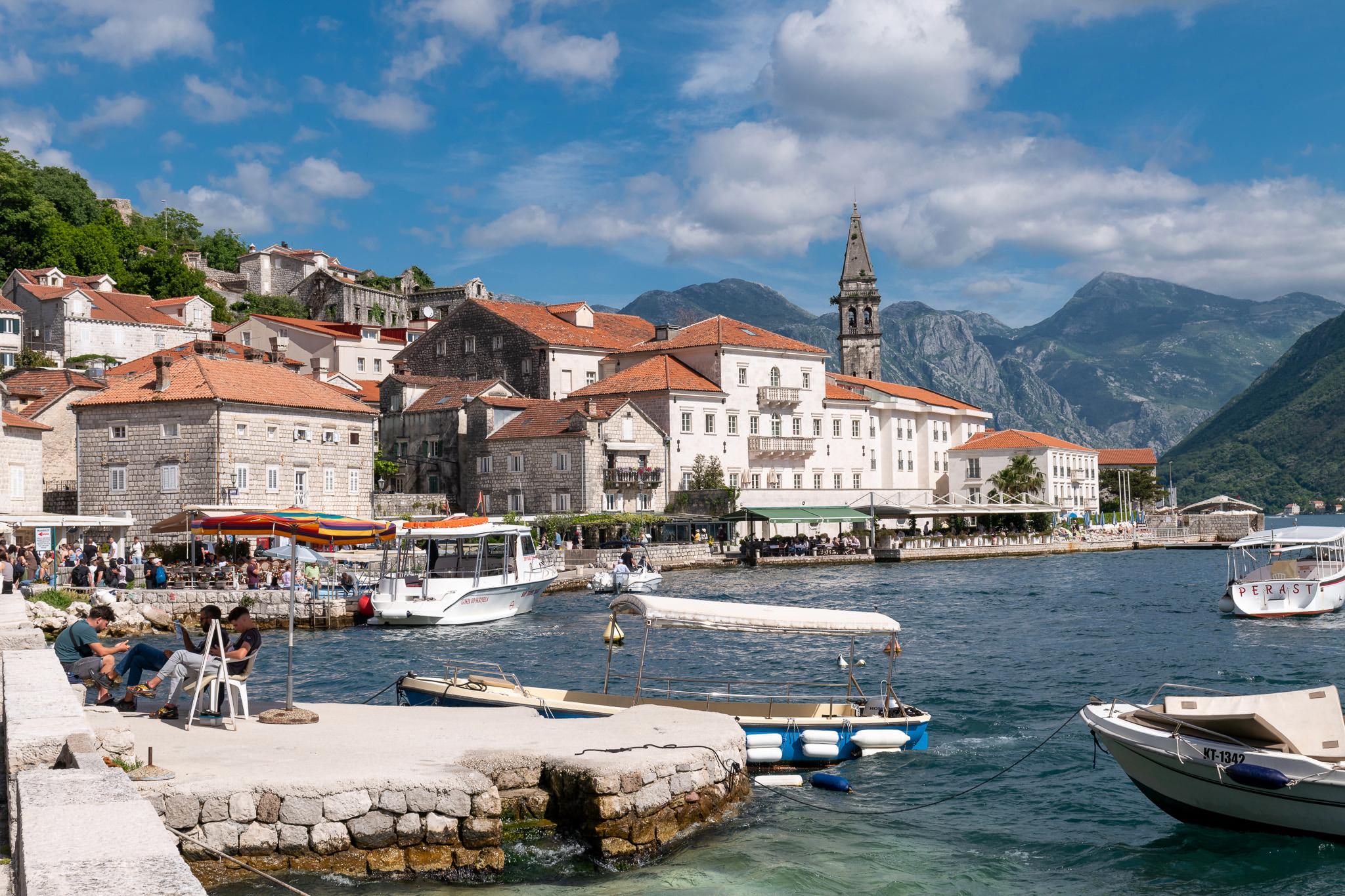
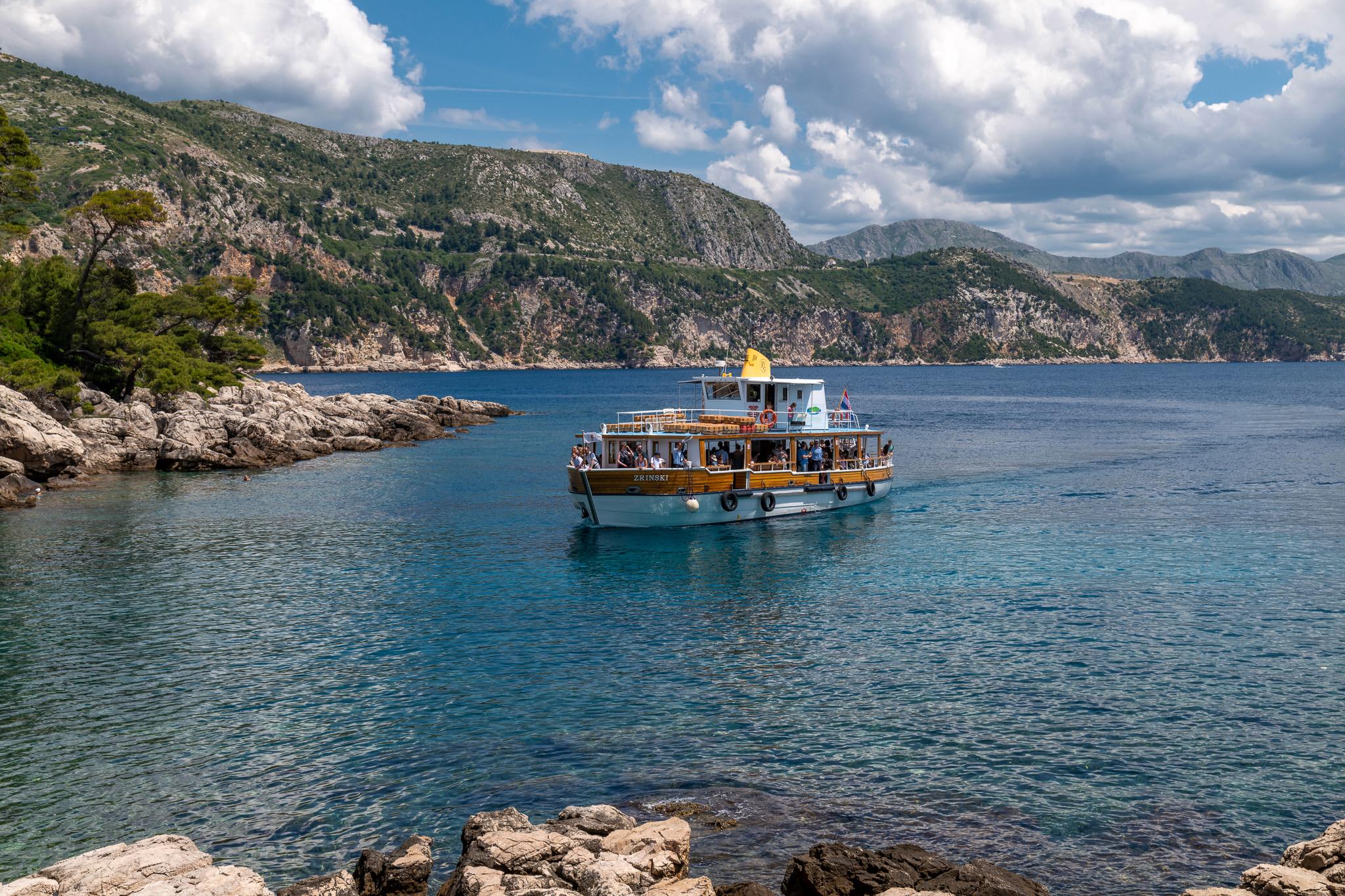
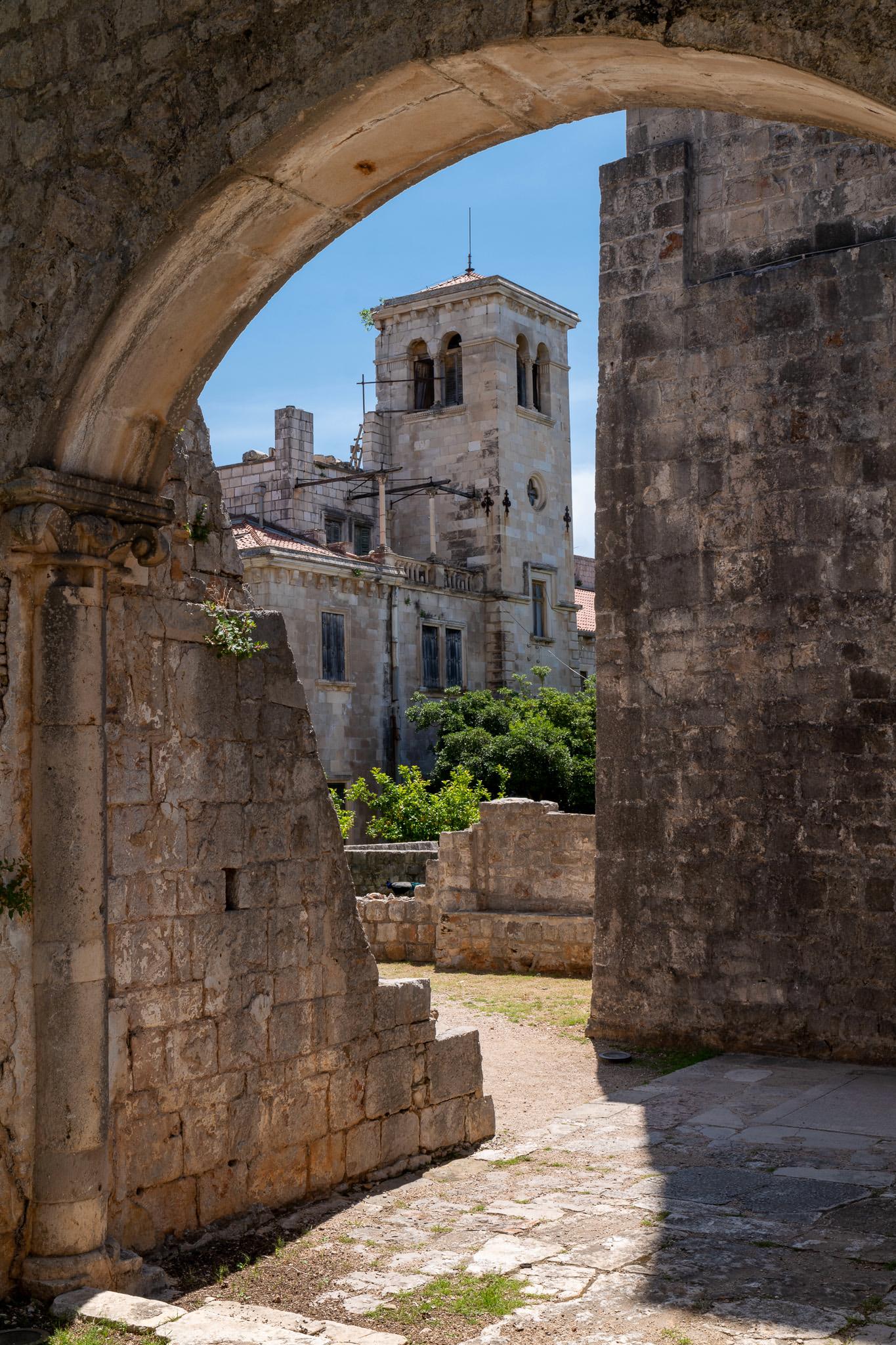
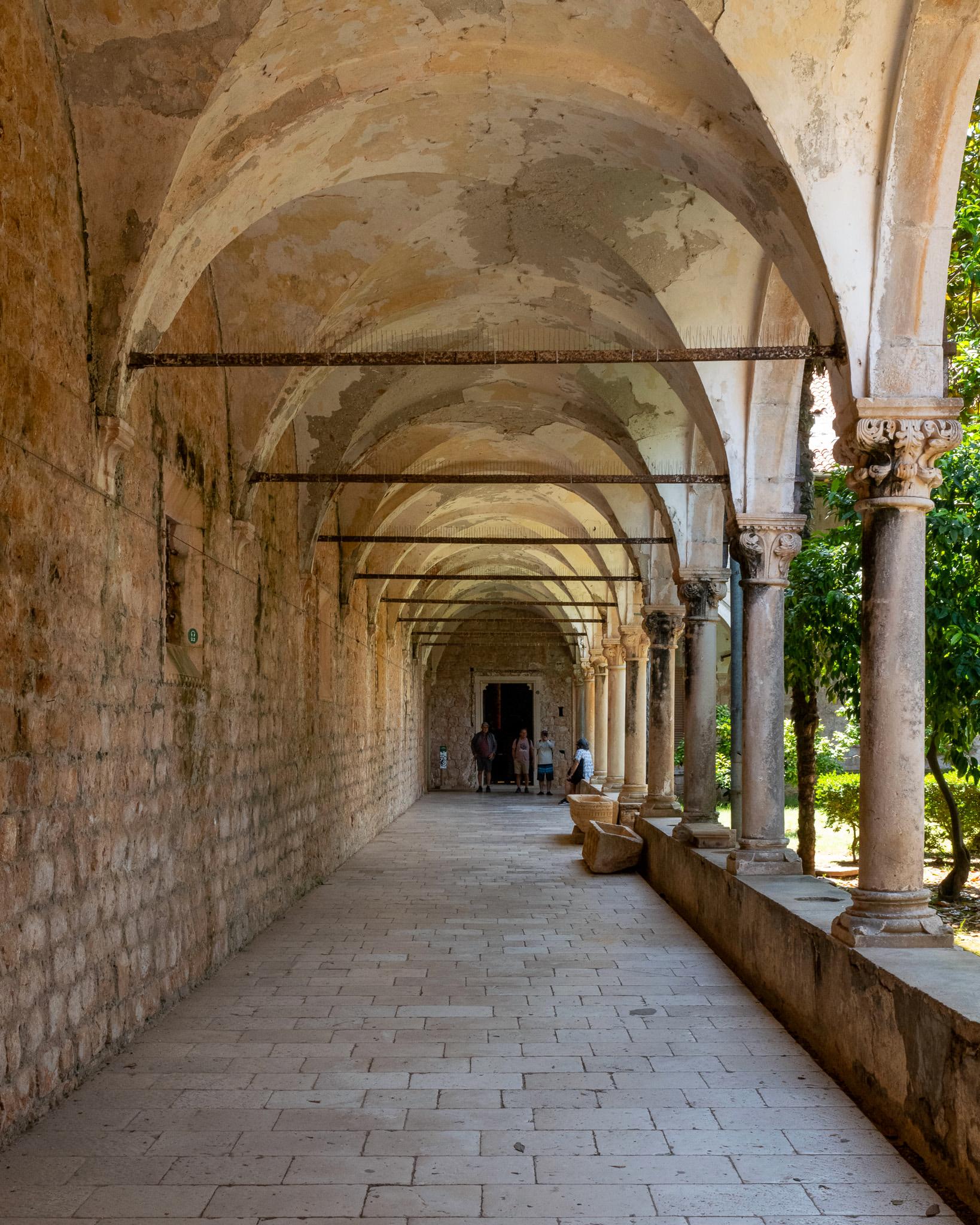
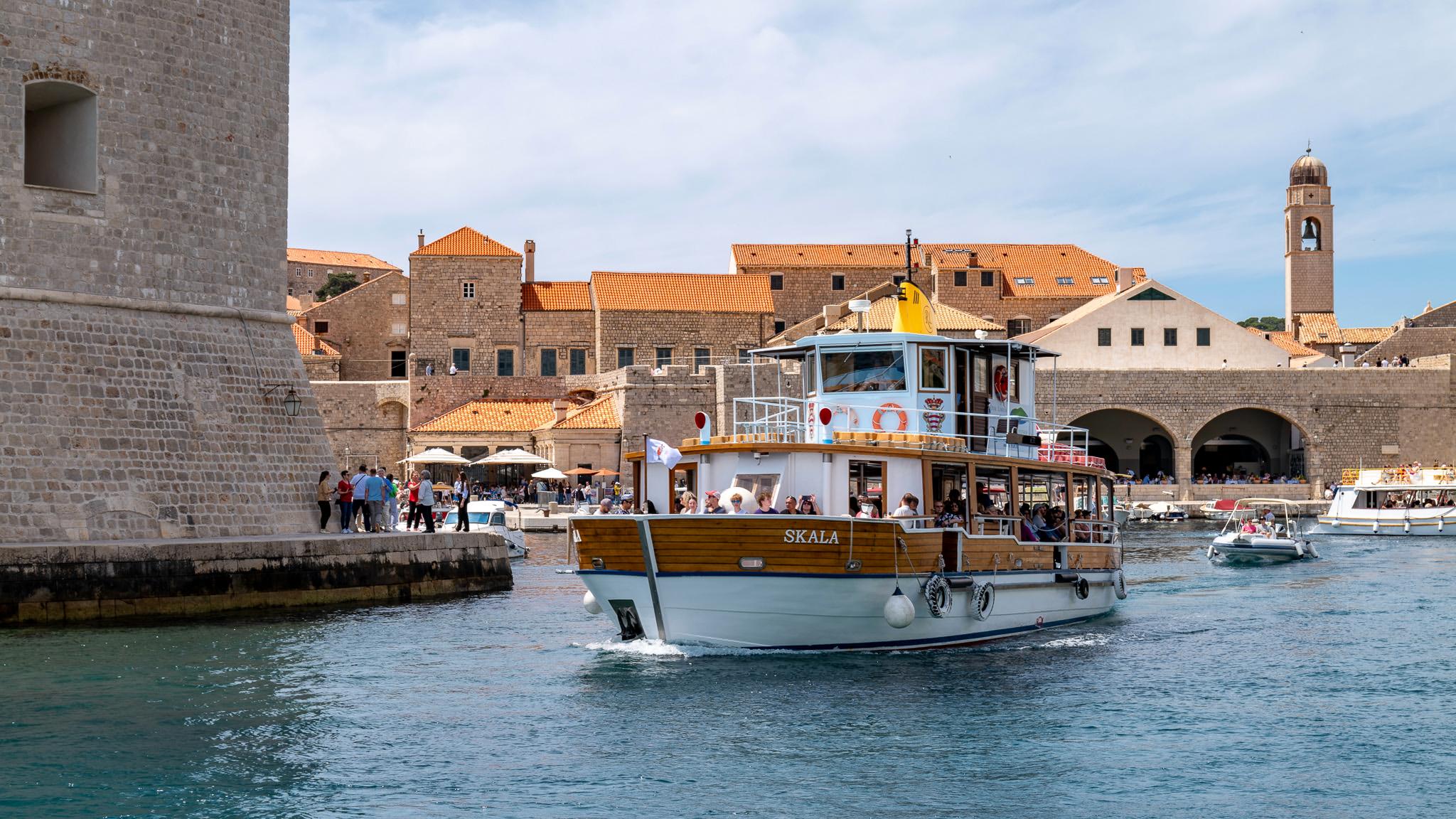

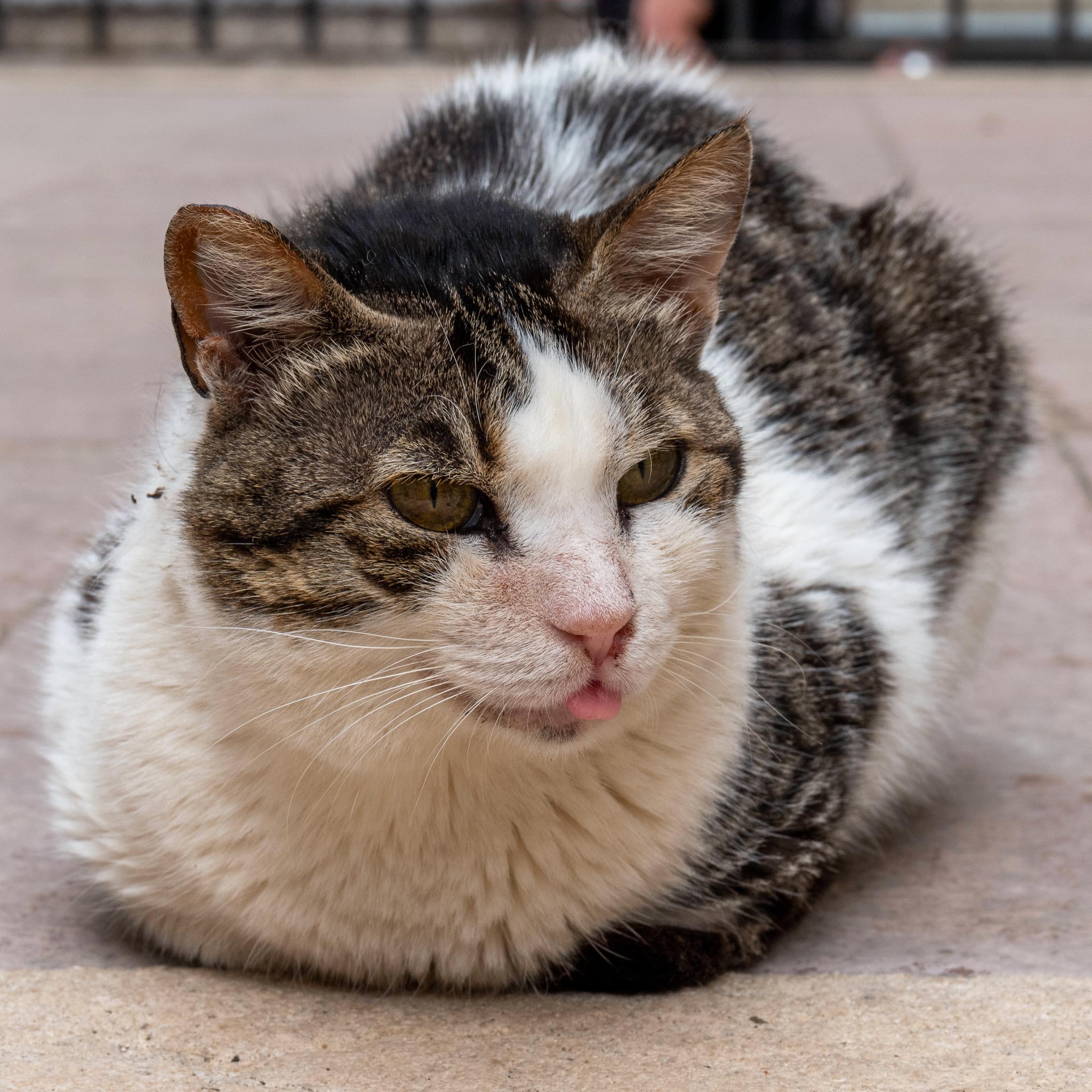
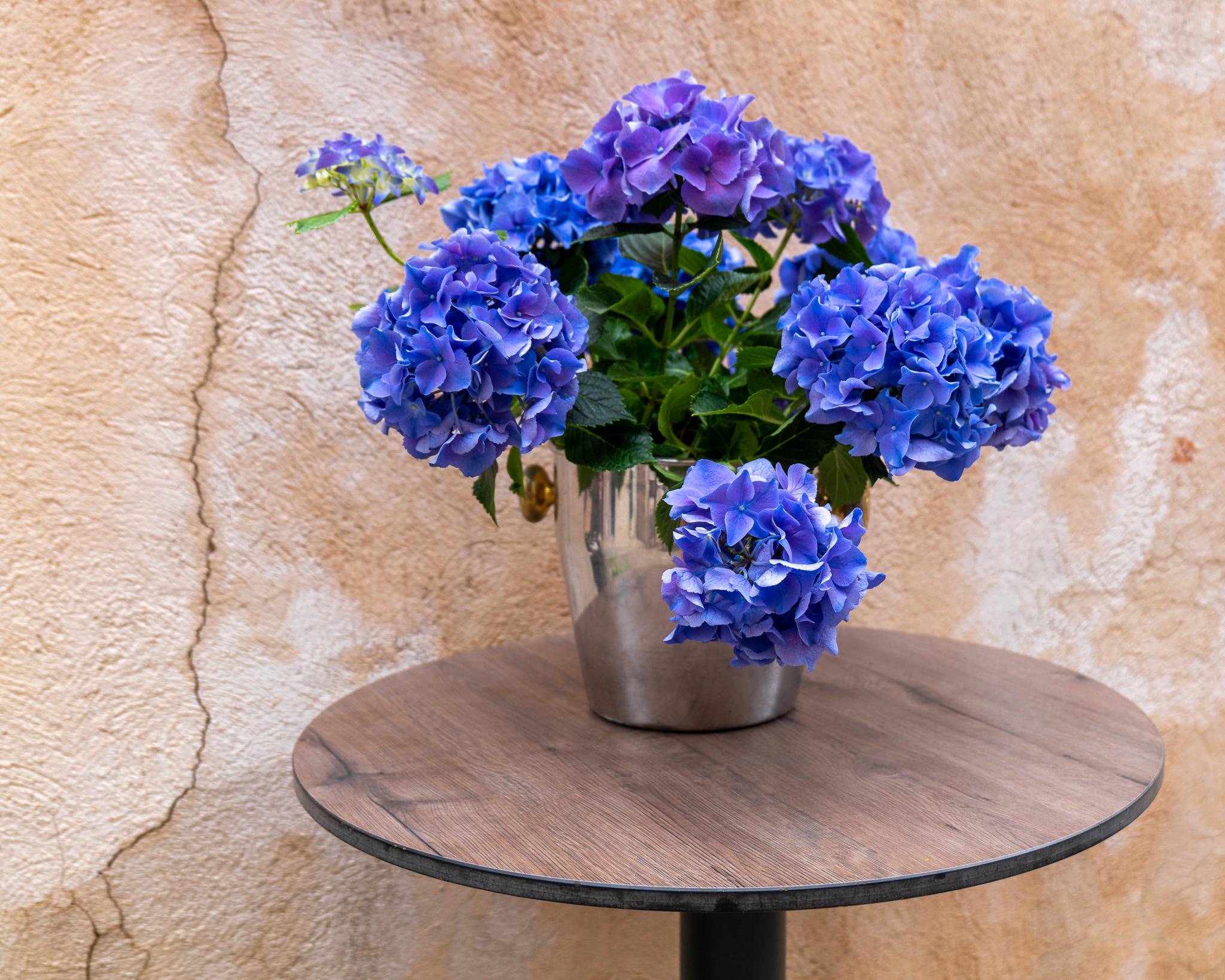
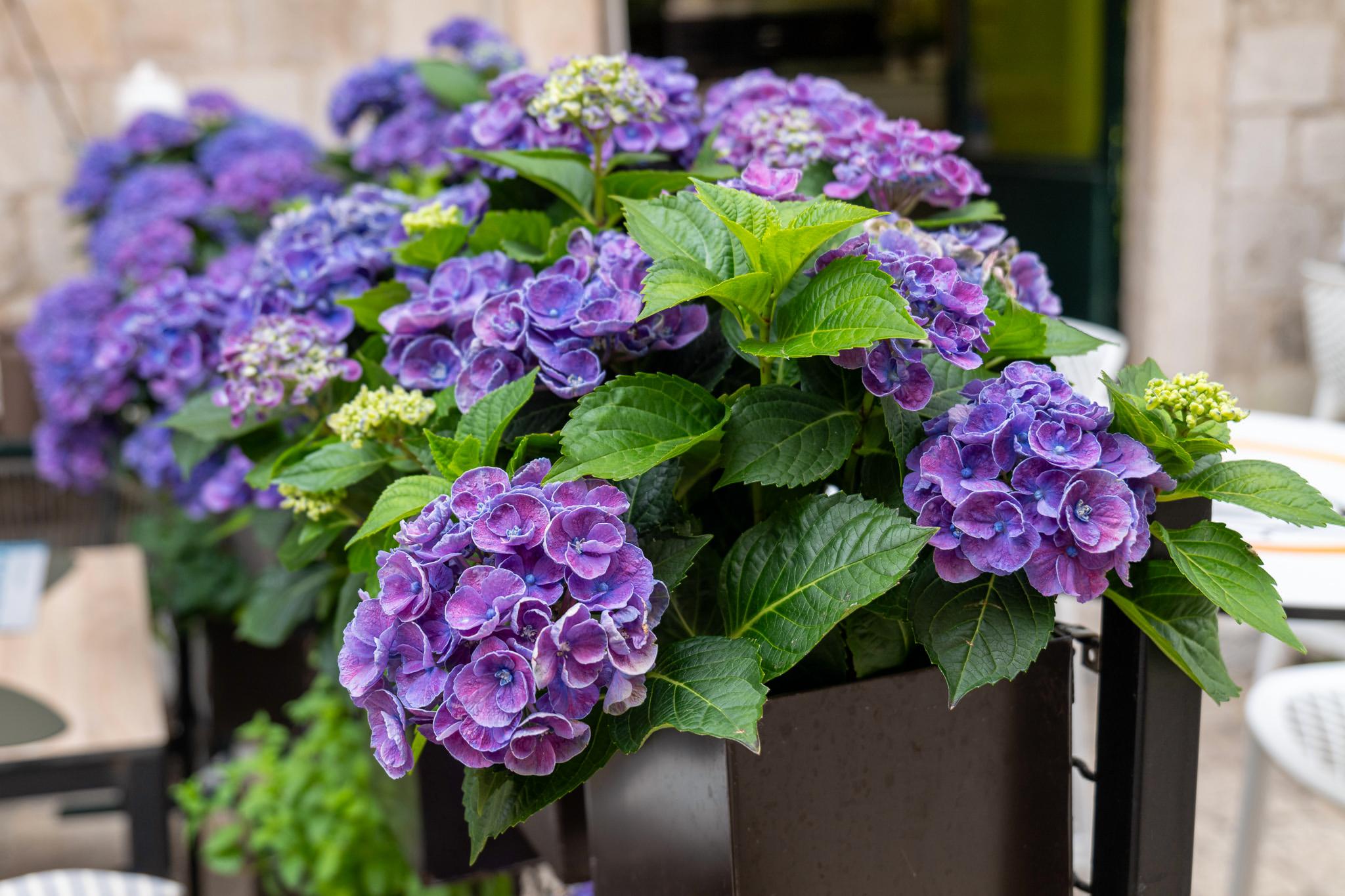
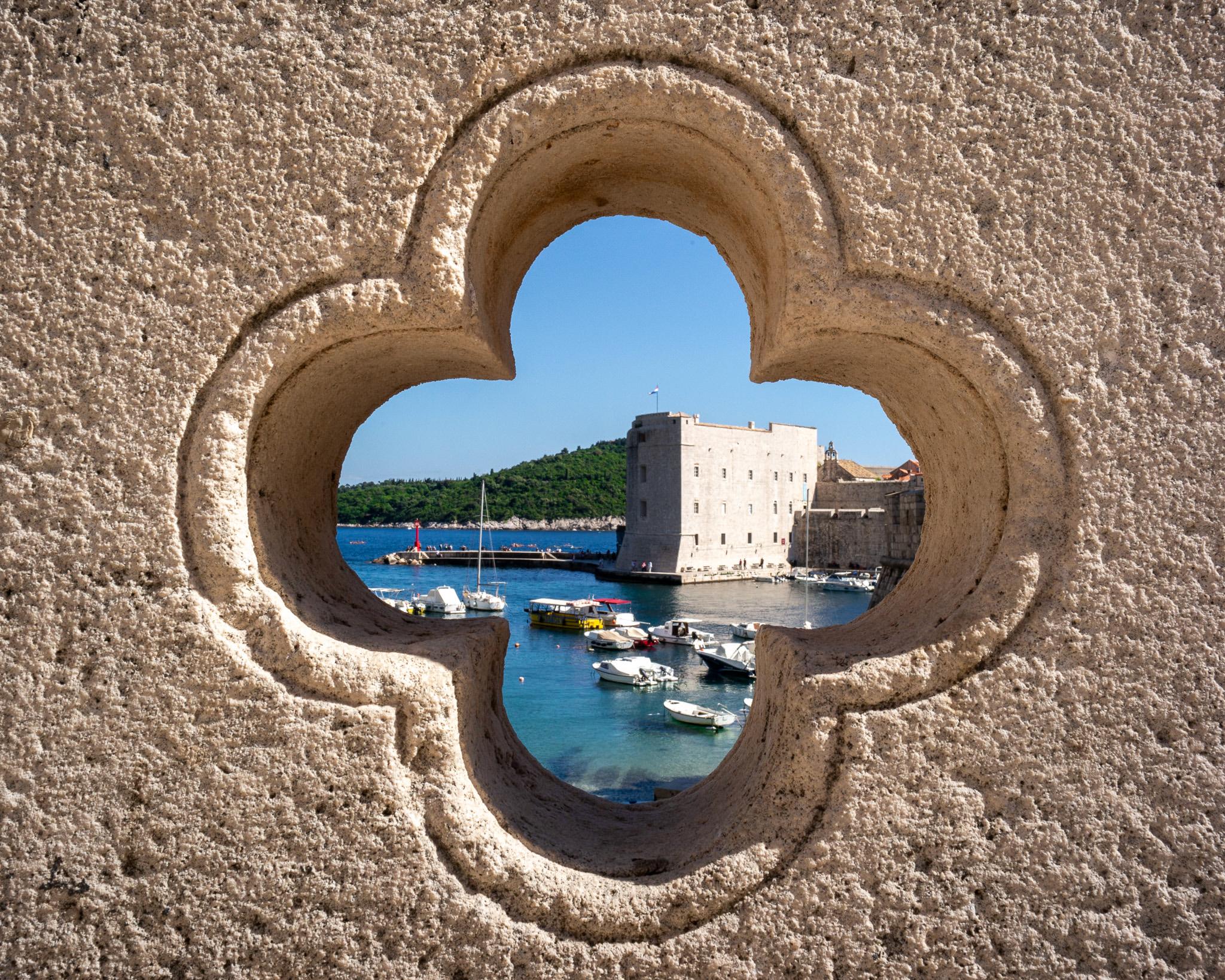
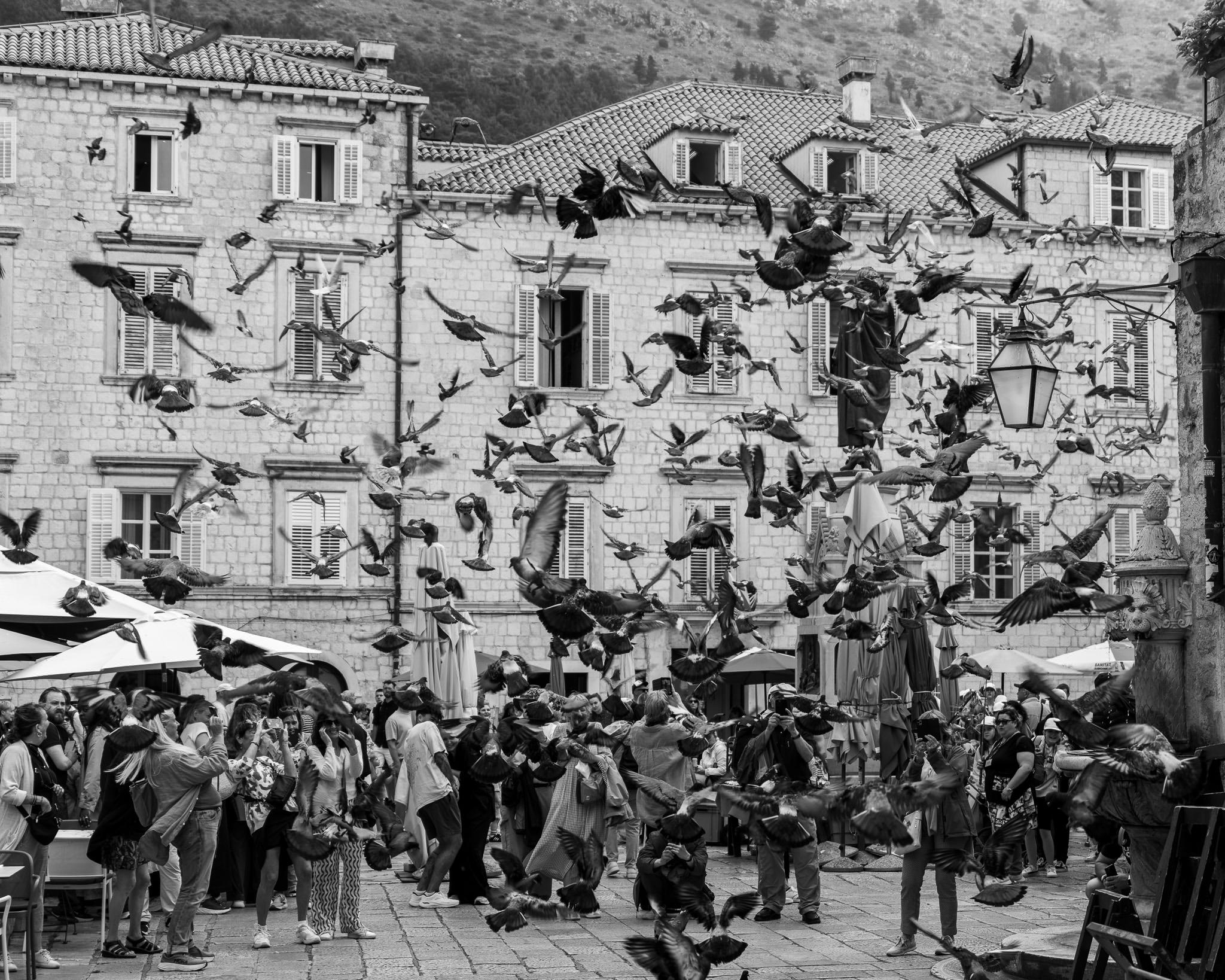
Hi Keith,
Thanks for this! You’ve motivated me even more to get to Croatia. Lots of nice images by I think my favorites are the Croatian Cowboy and The birds.
Cheers,
Joel
P.S. I also find that 20-60mm to be a wonderful range, not to mention compact and high quality.
Hi Joel, and many thanks! Those are two of my favorites too. They both meet my criteria for a ‘non-tourist’ shot – they could only have been taken at the location of interest, but would never appear in a tourist brochure for the place. Cheers, Keith
Bugger! That’s another place to add to my bucket list!!
Sorry! 😉
That was a pleasure to read. Some lovely images as well. Enough detail for me to sense you have a background as a travel agent 😁. Thoroughly enjoyable.
Thanks
Mark
Hi Mark, many thanks. It seems I missed my calling as a travel agent! But then again, it’s never too late for a career change. On the other hand, I think it might be safer to stick with presenting travelogues to friends and neighbors. All the best, Keith
Hi Keith,
it’s wonderful to see the images of these history stuffed places and to read how much you enjoyed that trip. The 20-60mm obviously worked very well for you.
It’s amazing that one can sort of travel back in time to remnants of a more than 2000 year old culture and to imagine how the place evolved to the present.
I haven’t been there after the war 30 years ago.
Enjoy the summer in Coronado!
Many greetings
Claudia & Dirk
Thanks, Dirk. Yes, that deep history, literally etched into the buildings and streets, is one of the reasons Europe remains such a huge attraction for visitors from the US, where the built environment stretches back over a much shorter timeframe. The charming people, culture, and cuisine only adds to the attraction. In addition to its history, the Croatian coastline also looks like a great place to sail! All the best, Keith
Great review, though, the Title should be called: Croatian and Montenegrin Adventures. As you know or as you should of known that Cothe Wall City of Cotor is NOT in Croatia, but is in Montenegro.
Hi Tomislav, thanks! I thought I had made it clear that the trip to Kotor and Perast required crossing the border into Montenegro, and that these cities are in Montenegro, not Croatia, but, I will see if I can make that even more explicit. This article was the second installment of the trip, which involved spending almost 10 days in Croatia, hence the title! All the best, Keith
An excellent summary of your time in Dubrovnik, Keith. Does your 20-60mm lens cover full-frame on the SL? the results are very good.
As so often happens when viewing images on my tablet, verticals get cropped. I found myself liking the top part of ‘Early morning light’ cropped to square format. In my view, it makes for a stronger picture and doesn’t sacrifice much of interest.
Hi David, yes the LUMIX 20-60mm zoom is a full-frame, L-Mount lens. It’s a cracker. Great point on the choice of aspect ratio for the ‘Early morning light’ shot. I have been experimenting with use of a 9×16 aspect ratio for portrait format landscape images. I think it can be a great way to handle compositions including foreground, middle ground, and distant interest. I first noticed its use in one of Marc Catto’s articles. For this one, I like the wet cobblestones at the bottom of the image. BTW, if you hold your iPad with the long edge vertical, you can see the entire, uncropped image! All the best, Keith
I agree that the 20-60 is a gem. I would willingly choose it over any 24-70 because of that wider angle which, as Keith says, is supremely useful. The extra 10mm at the long end of the 24-70 is neither here nor there. A little cropping solves that. But you can’t de-crop 24mm. A 28-70 is even less versatile.
Apart from that, the 20-60 is optically excellent, the lens is light, small and quite inexpensive. I think it should be in the collection of any L-mount photographer.
Fabulous images of a lovely place. Nice commentary that made an interesting read.
Thanks, Keith! It was fun putting the article together, and I was spoiled for choice when choosing photographs to include. I am embarrassed to admit how many I actually took! All the best, Keith
Keith,
thank you for this comprehensive article and an excellent set of photographs. I visited this wonderful city some years ago and, for me, you captured the character of the place.
Thanks a lot, Ken. It’s a marvelous place, and unlike any other city I have visited. It was a true pleasure spending time photographing it. All the best, Keith
Cracking good article Keith! It now makes me want to go to Croatia. The polished flagstones is a great shot. Now I’m wondering about an SL of some description and that 20-60 lens.
Hi Jon – many thanks! A used (of course) Leica SL2 would set you back around $2.5K, and would be a great entry point to the Leica FF L-Mount world. It’s a superb camera, although it’s chunky – hence my pairing it with a lightweight LUMIX lens. The little 20-60mm zoom is really quite something. For a bit more money ($3.3K) I would be tempted by a brand-new LUMIX S1RII, which is lighter, has a smaller form factor, an articulated rear screen, a 44 MP sensor, and excellent hybrid phase-contrast autofocus. It does not possess the minimalist, customizable Leica controls, but it’s controls are well-designed and easy to use. Cheers, Keith